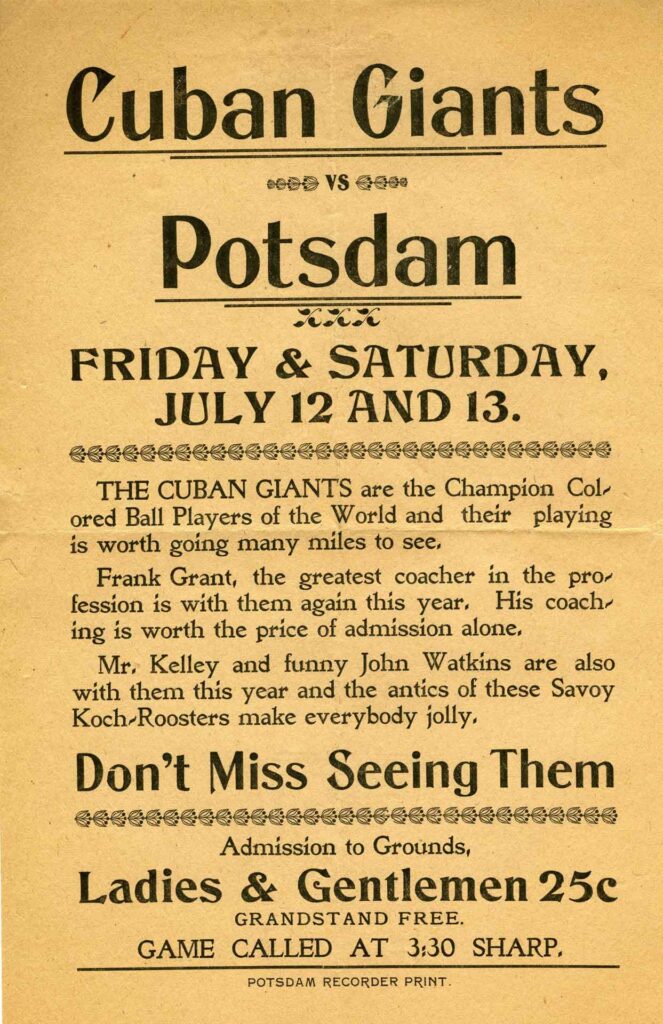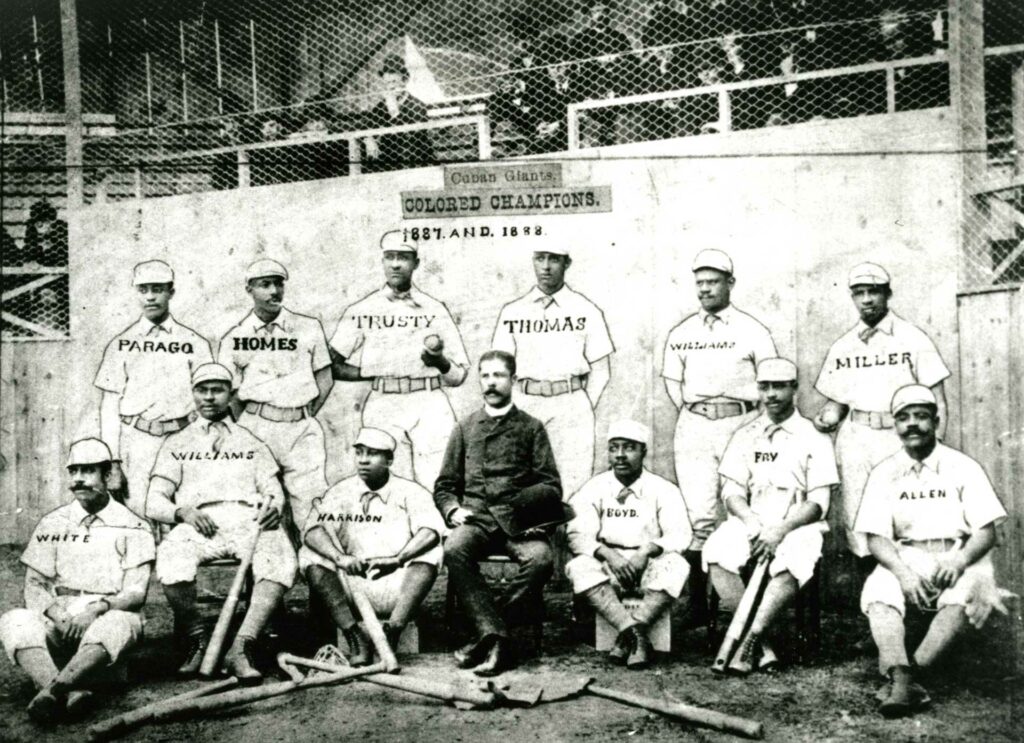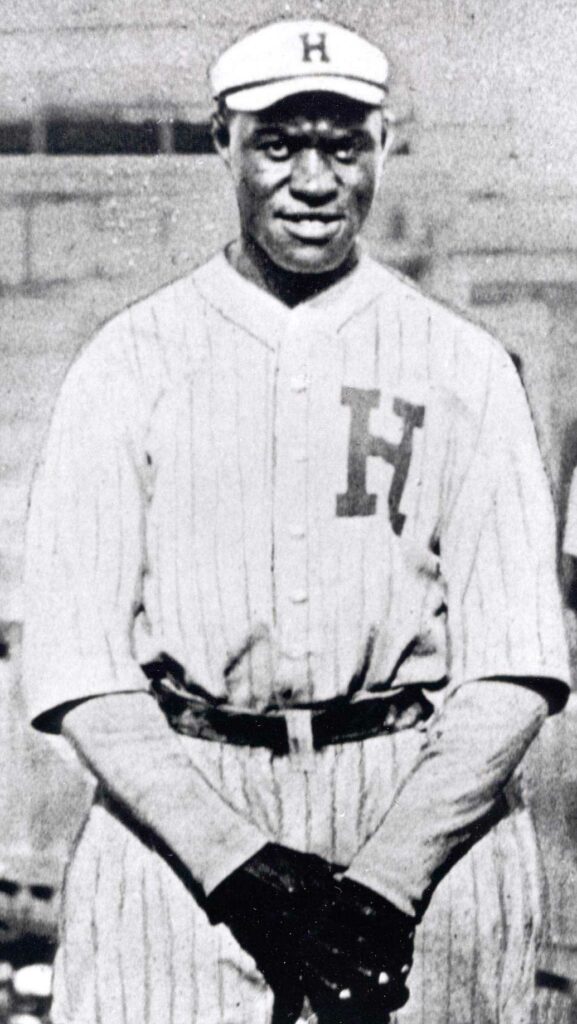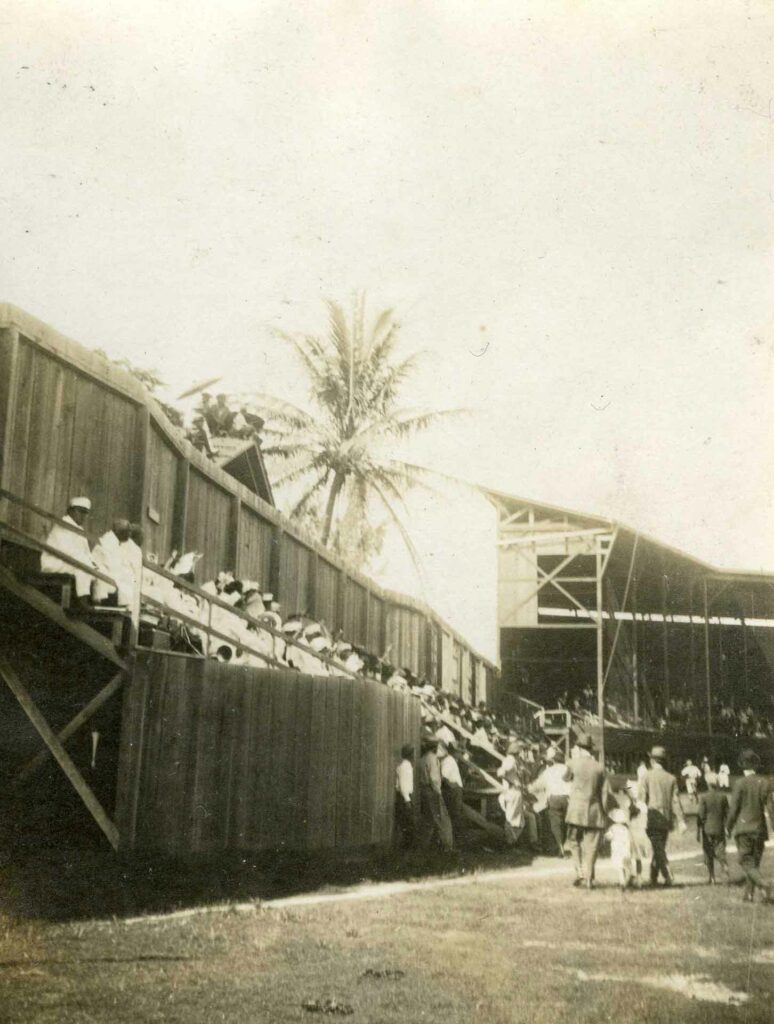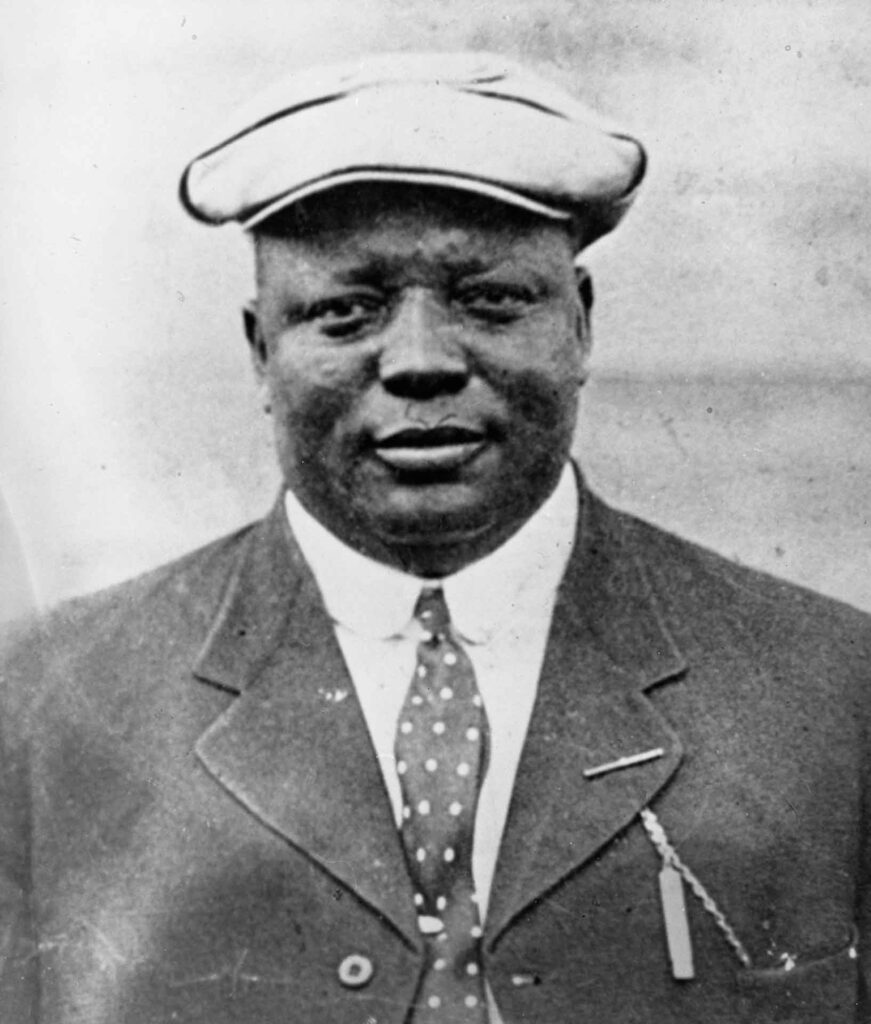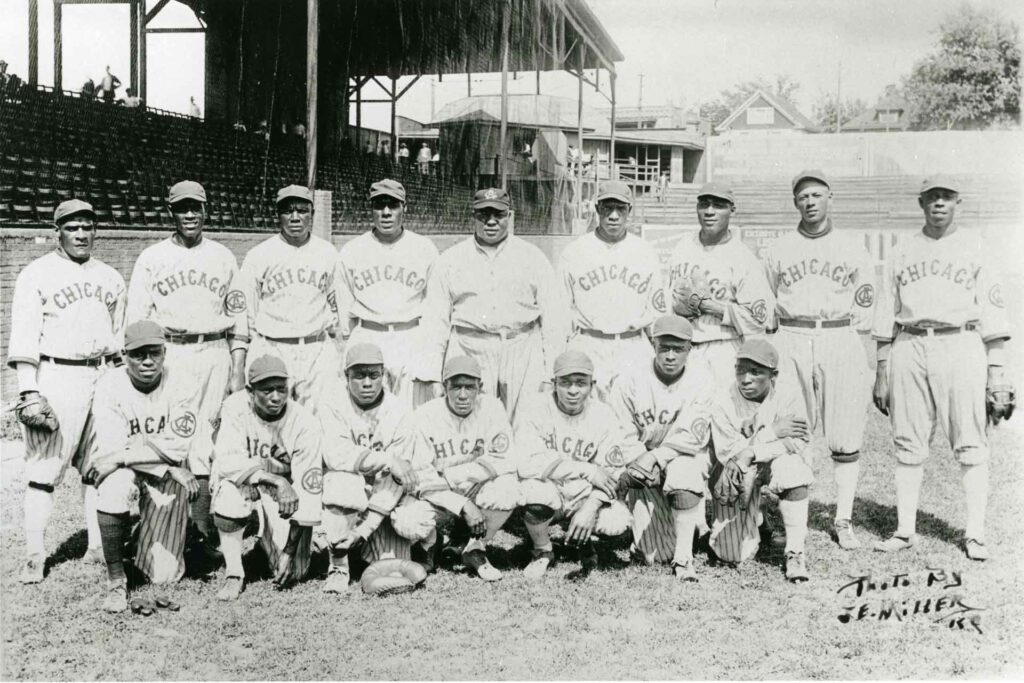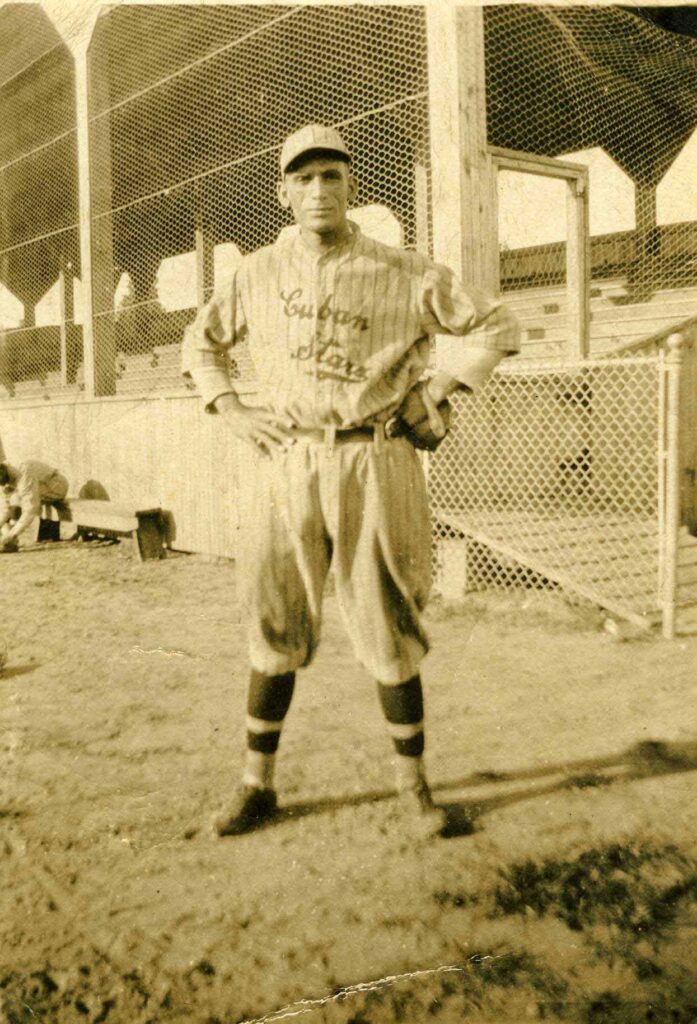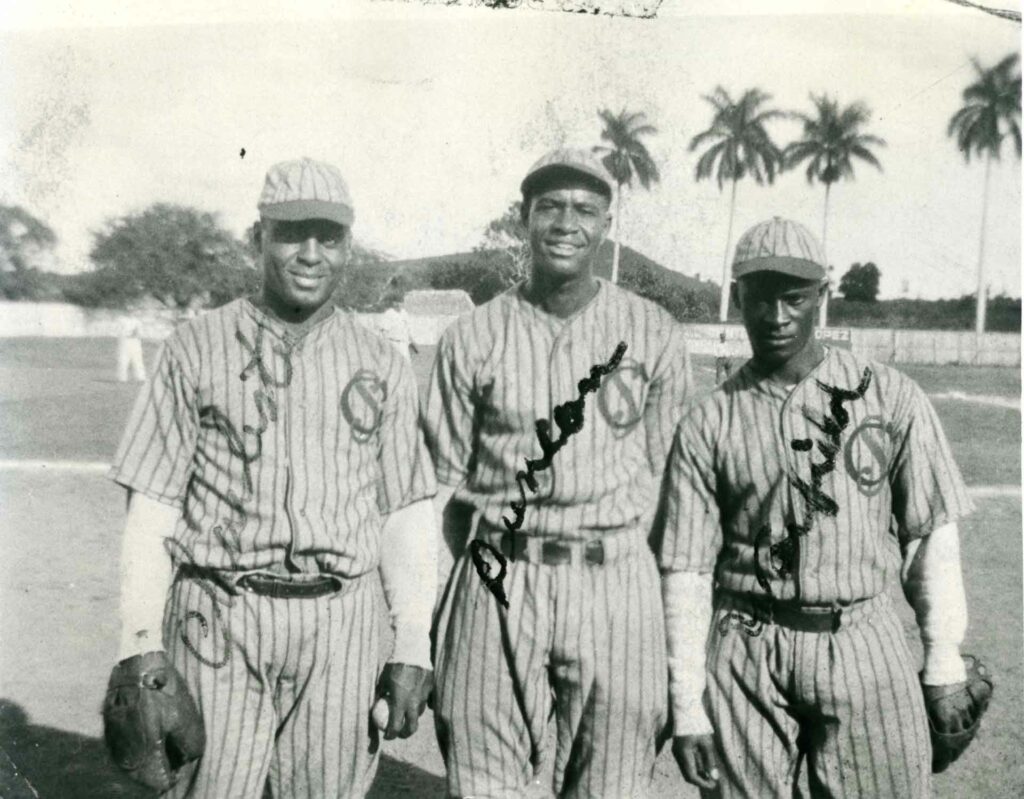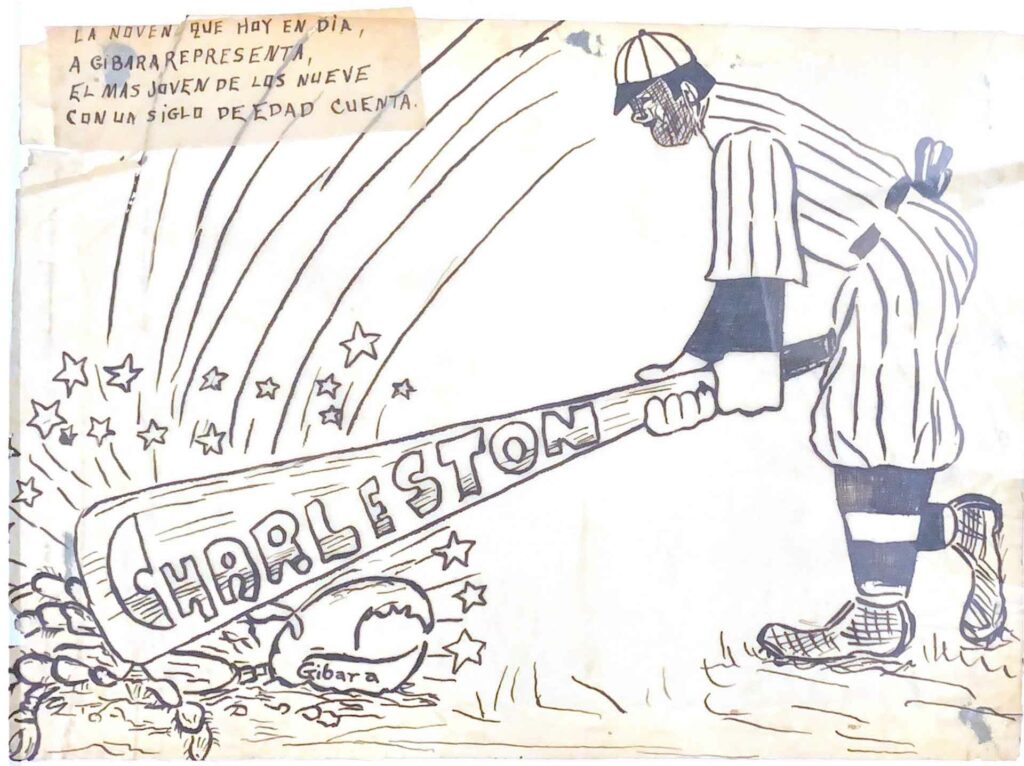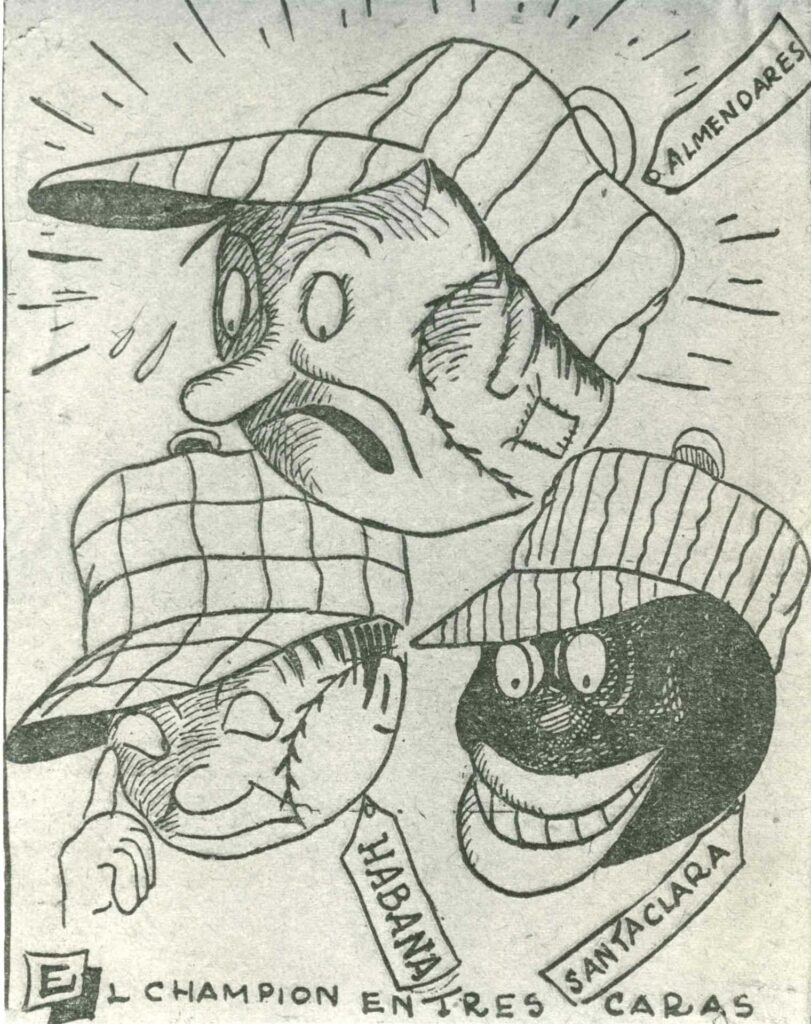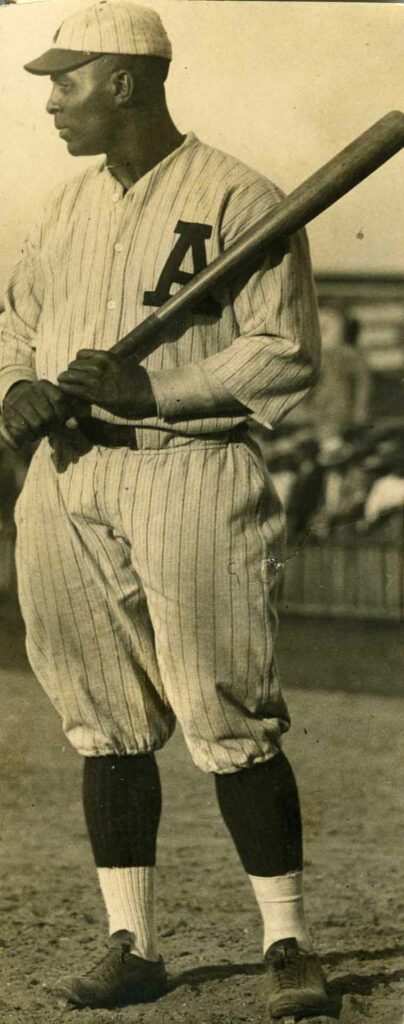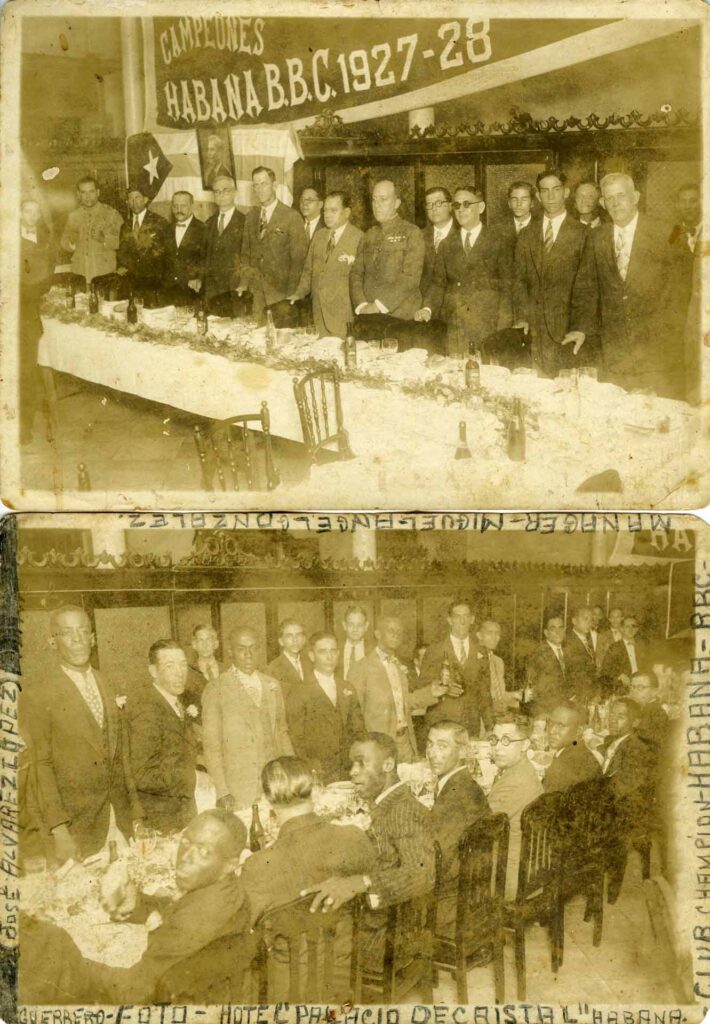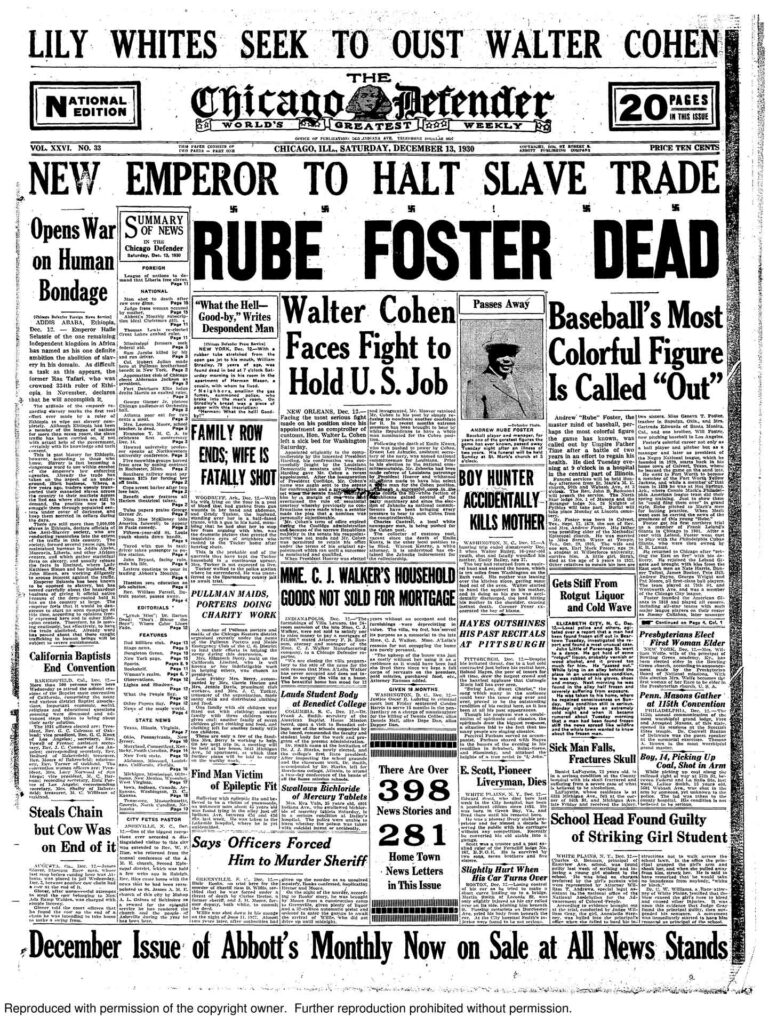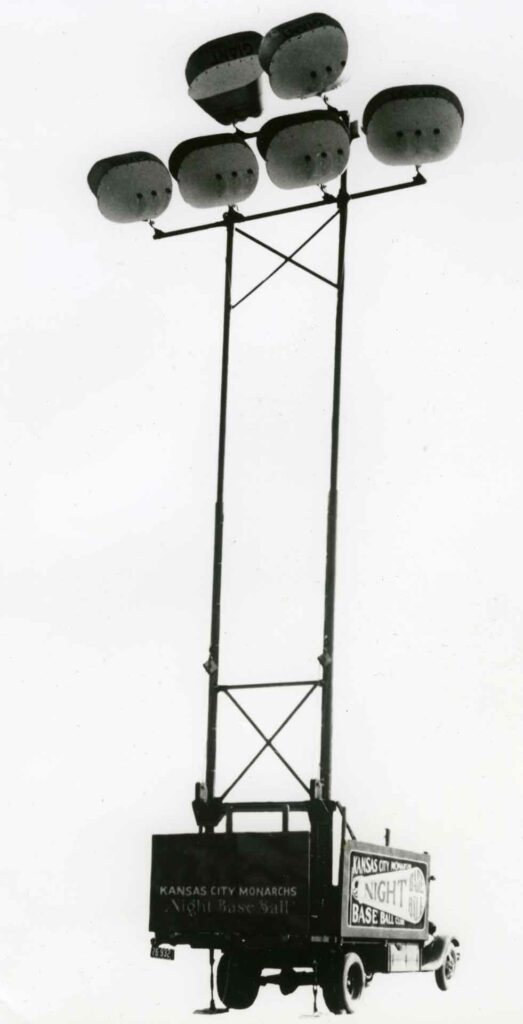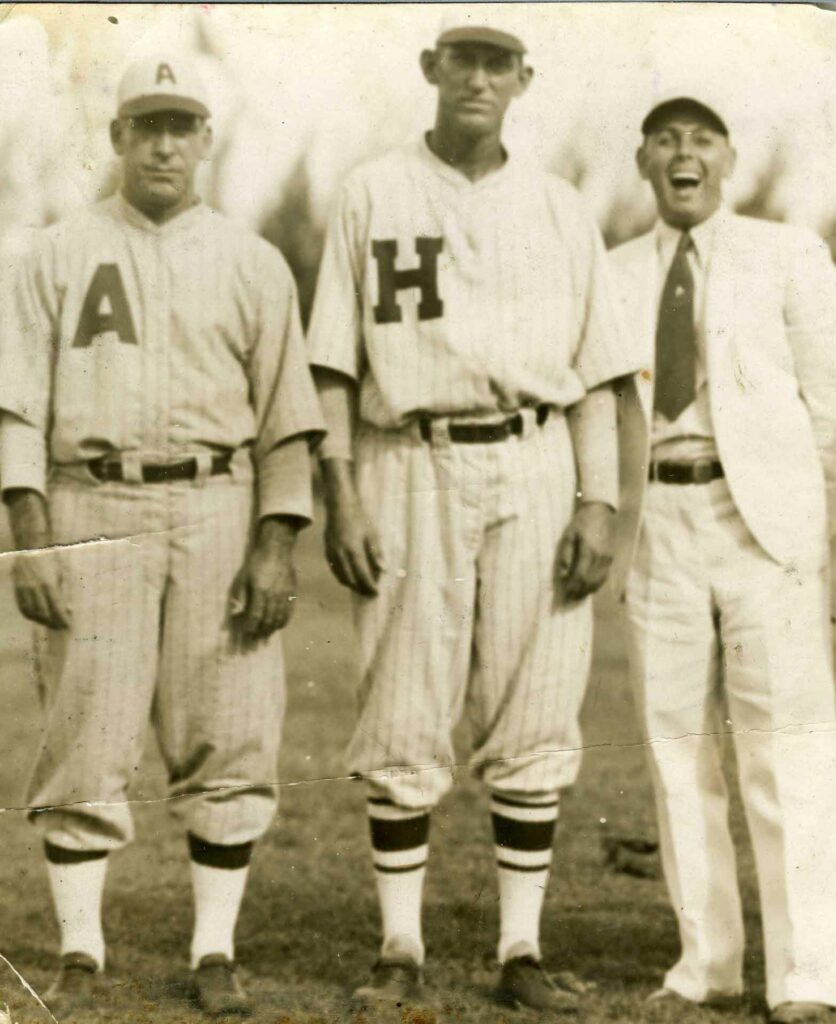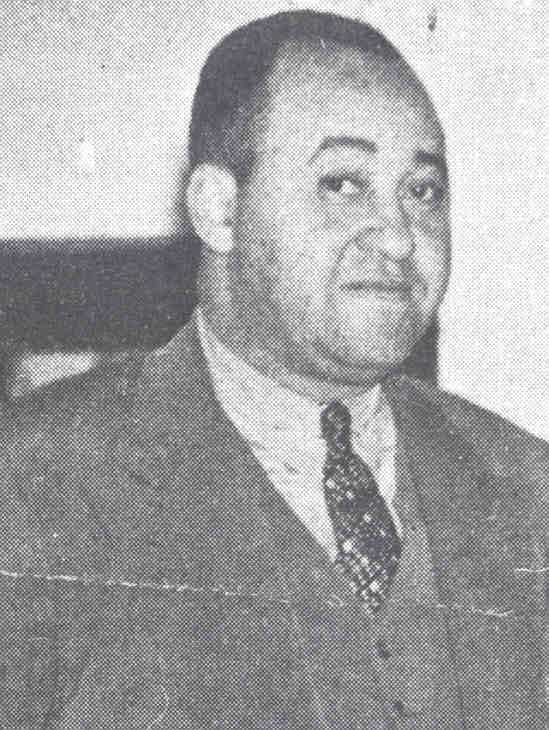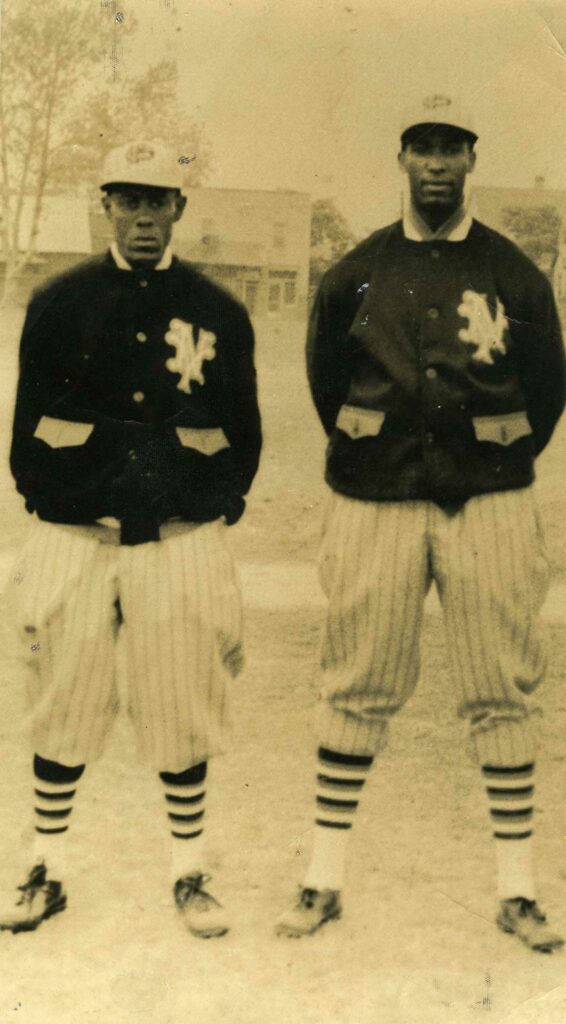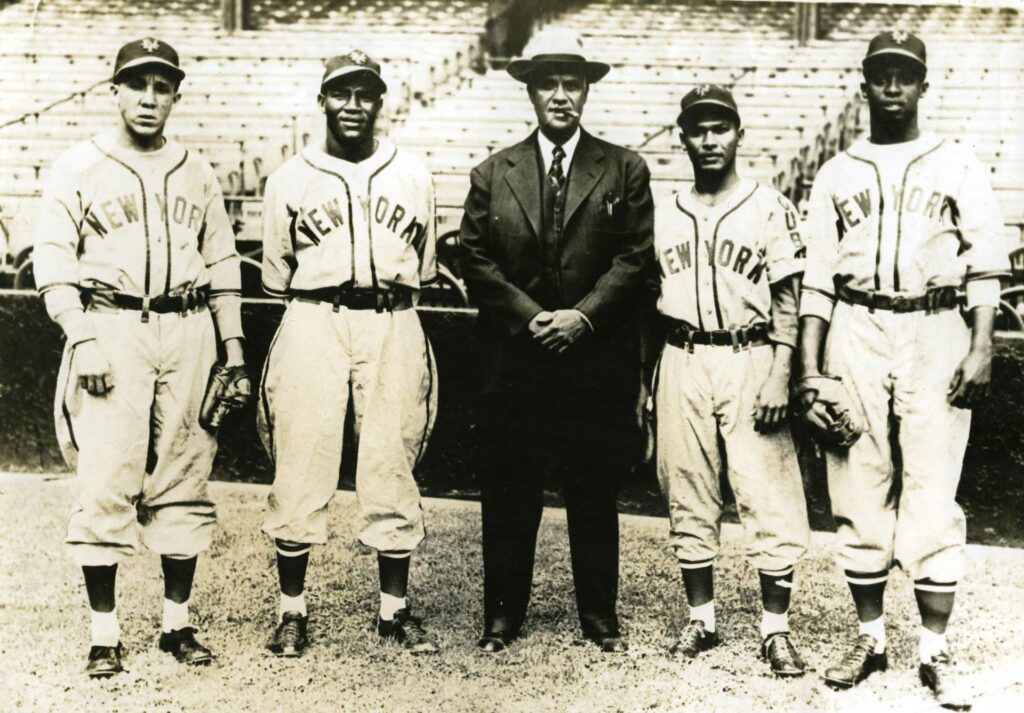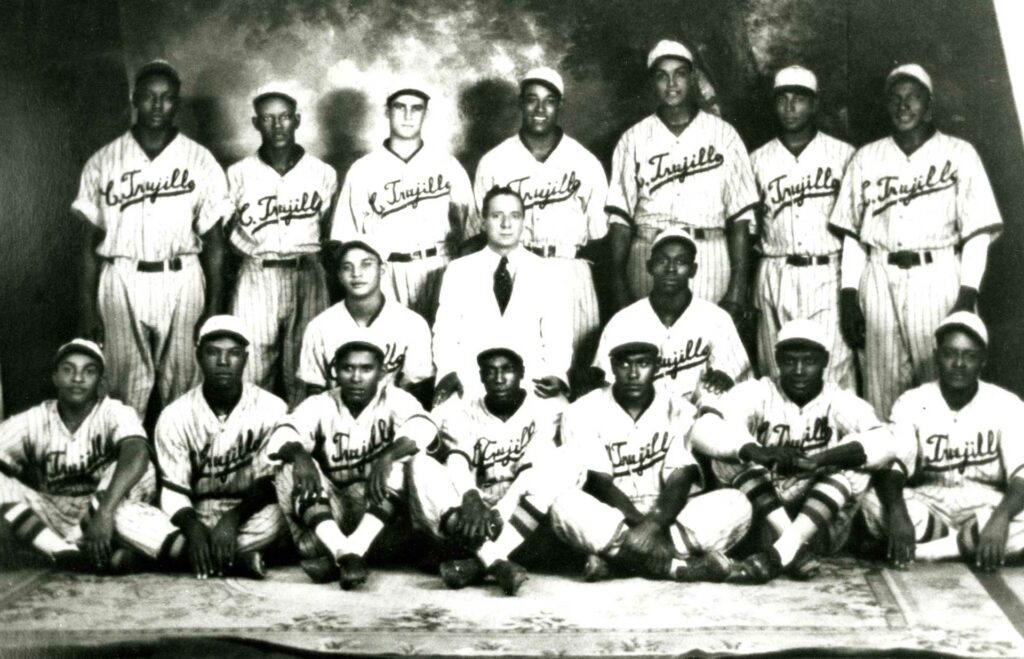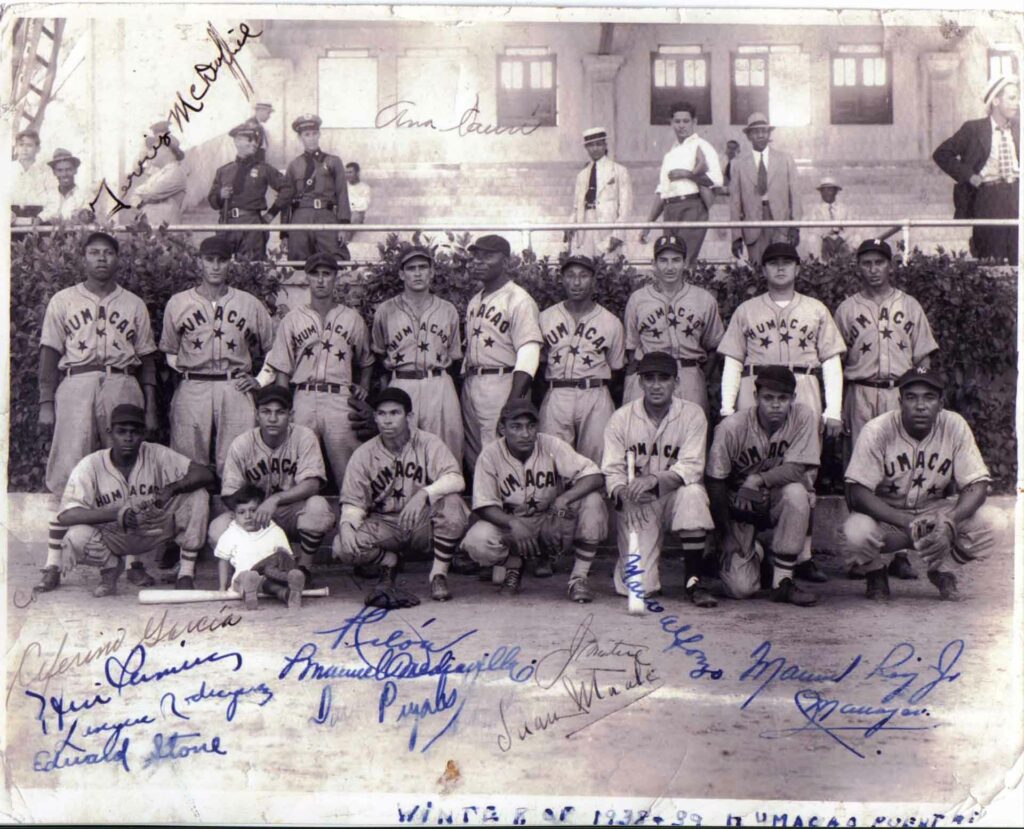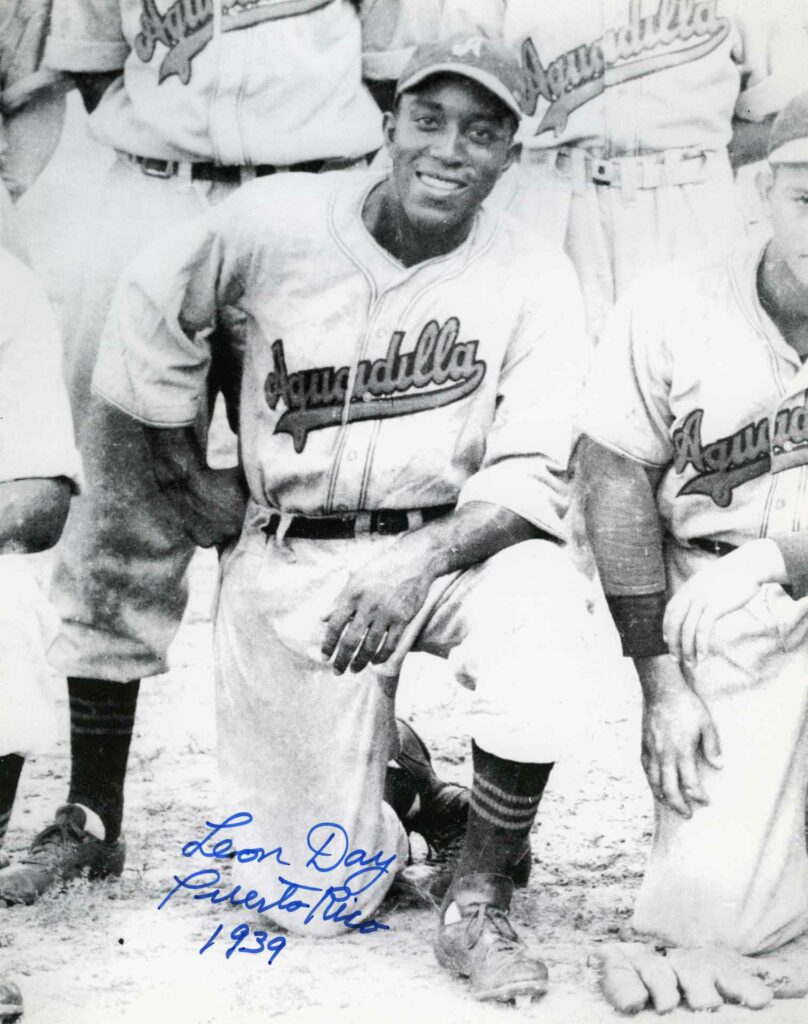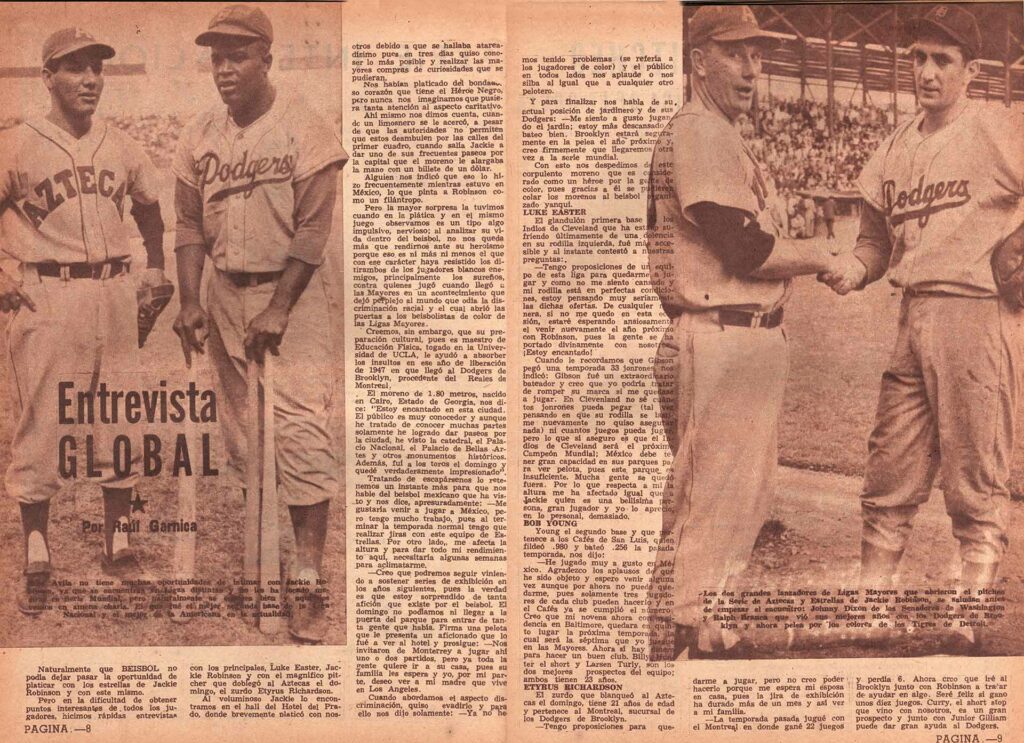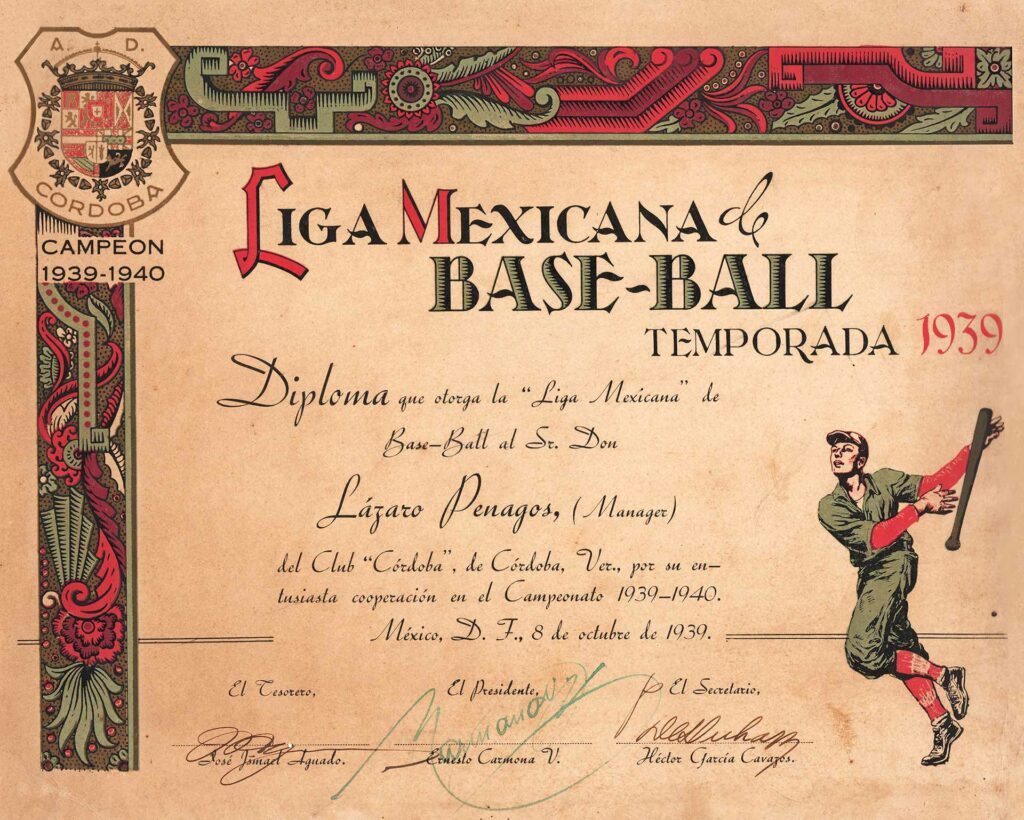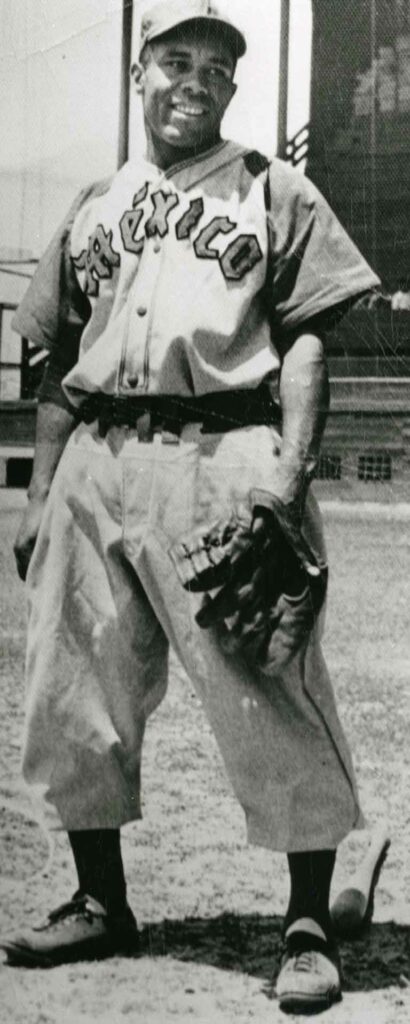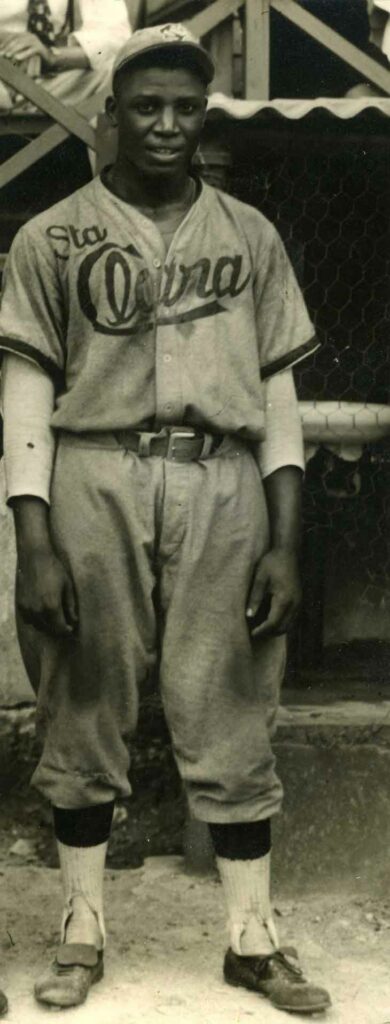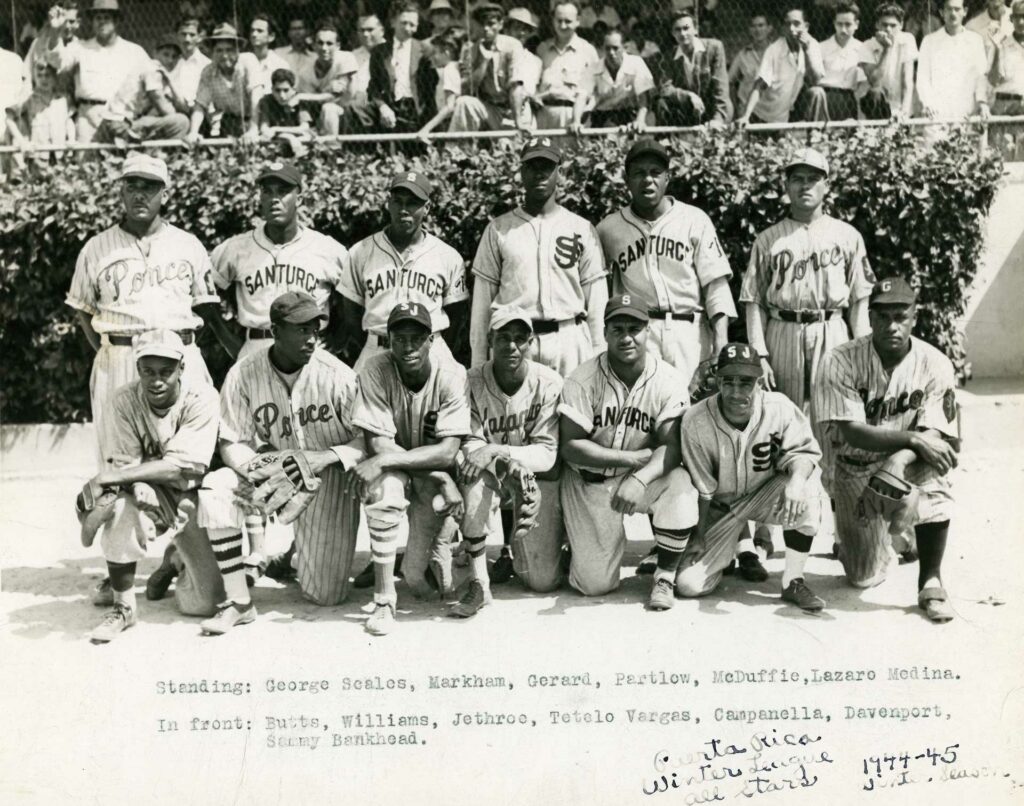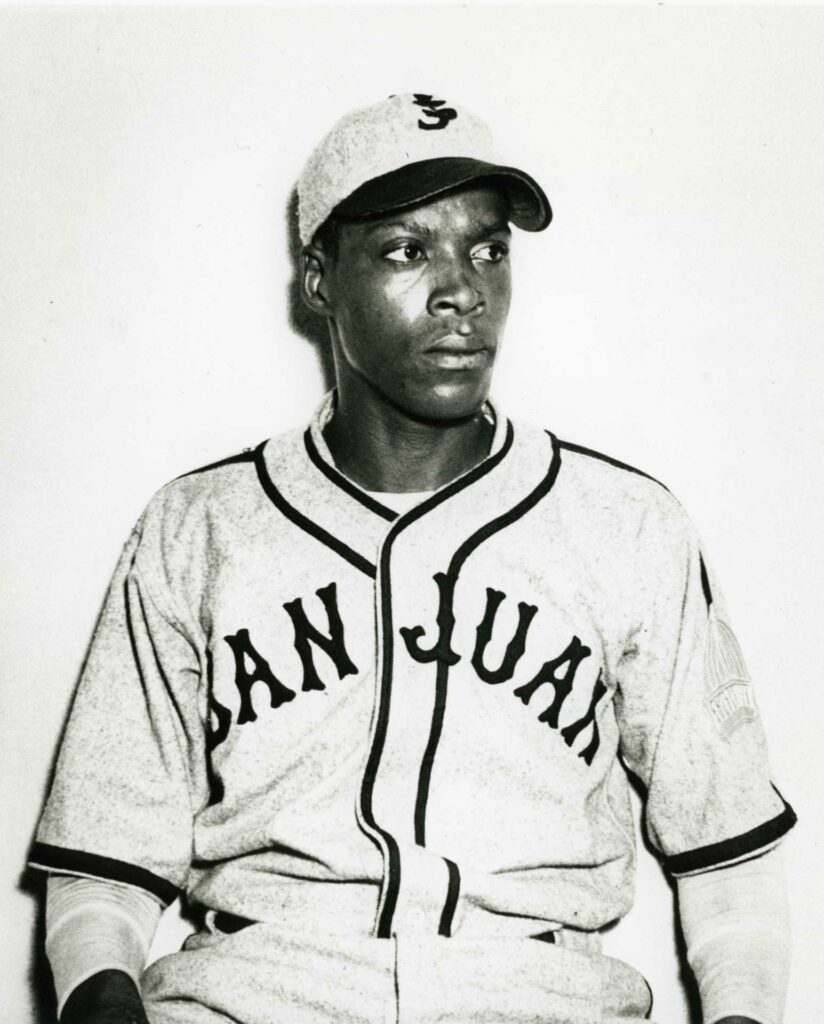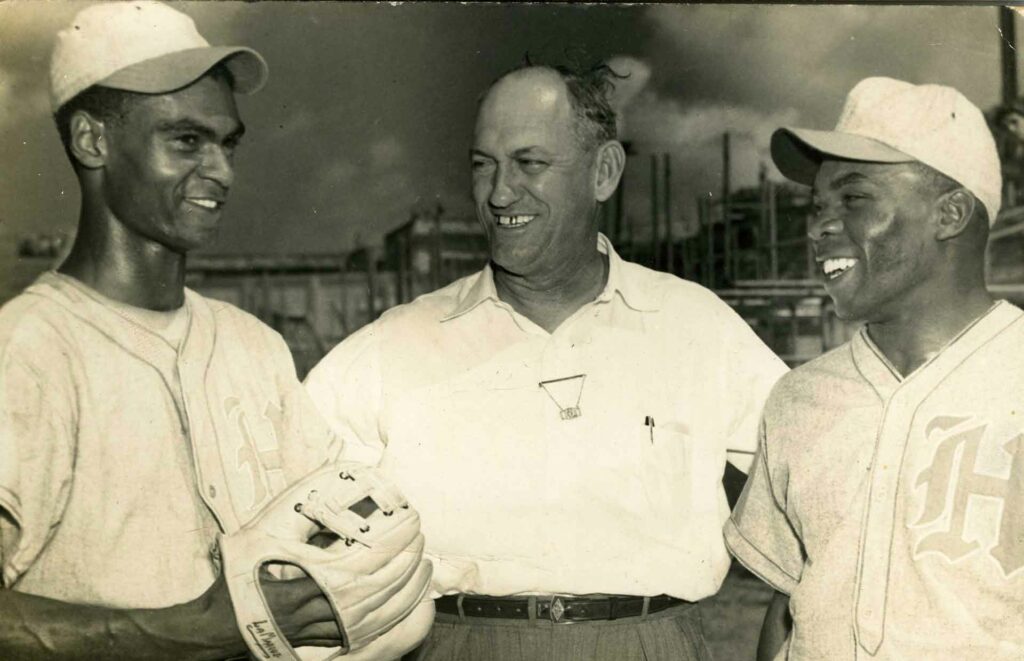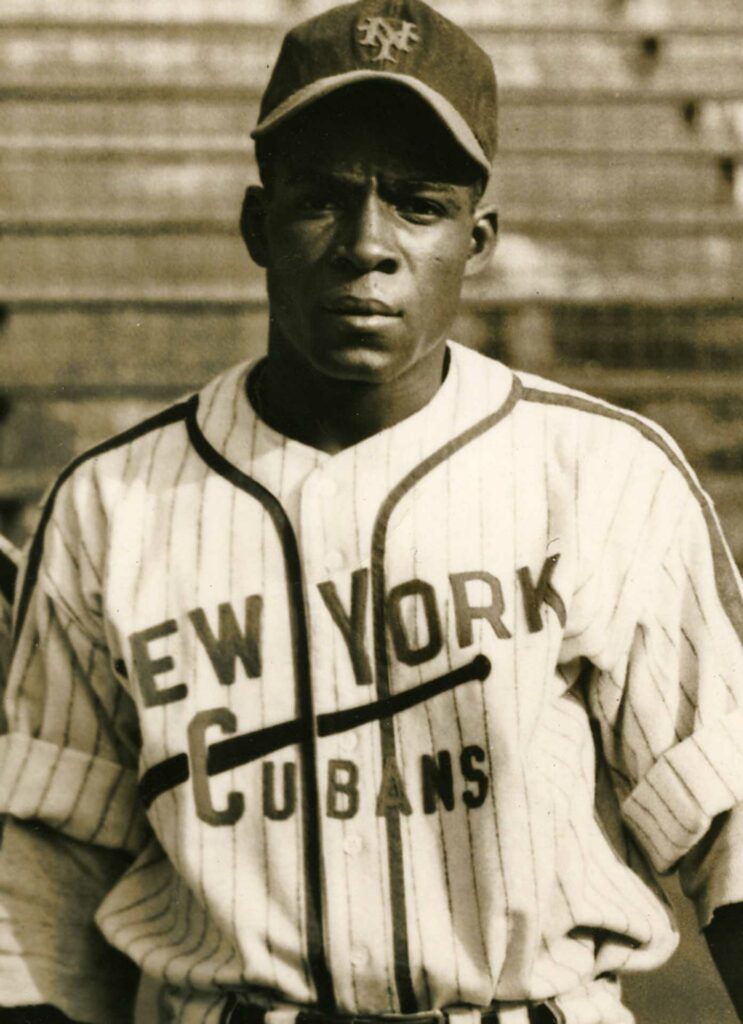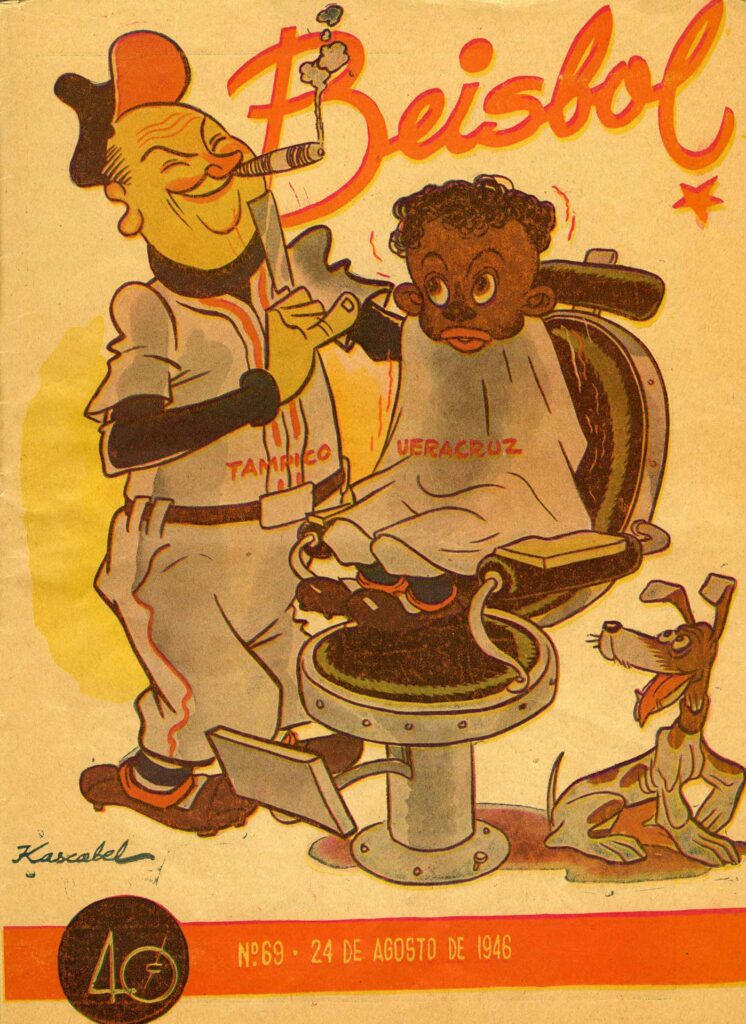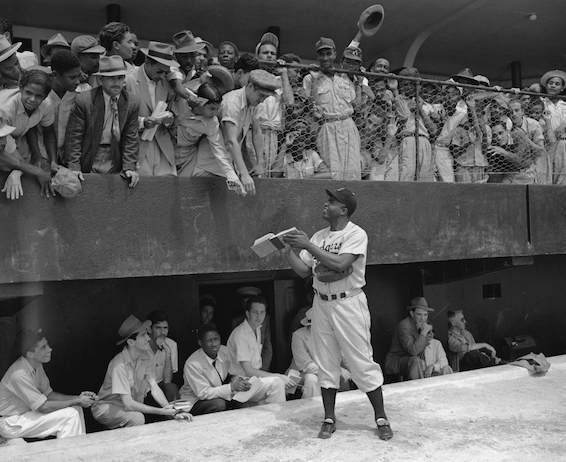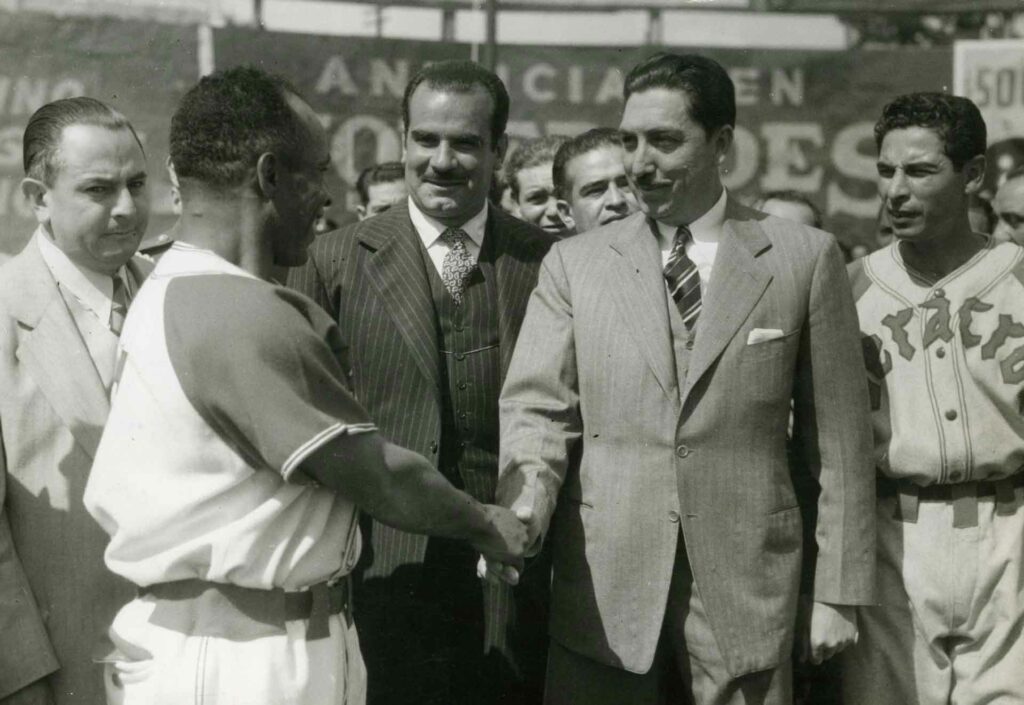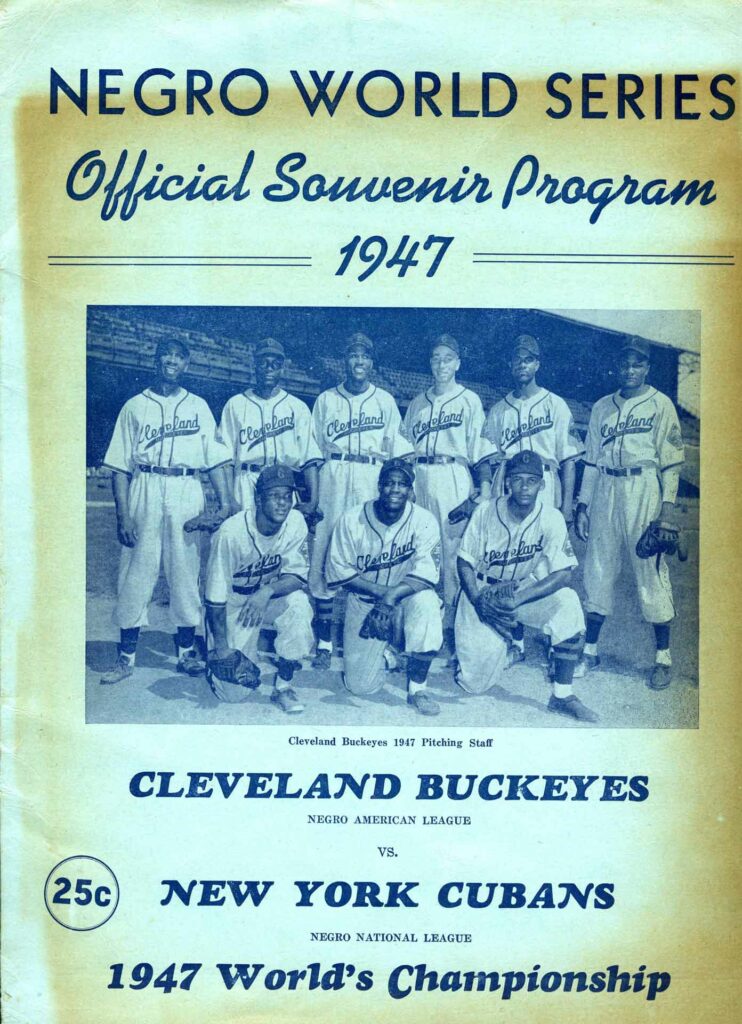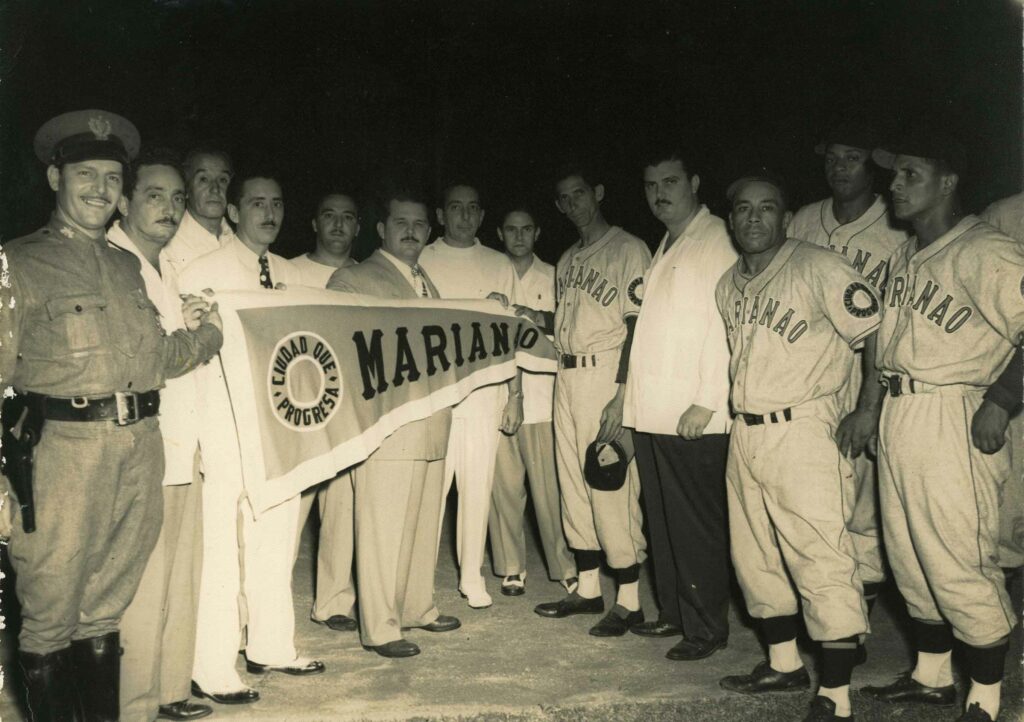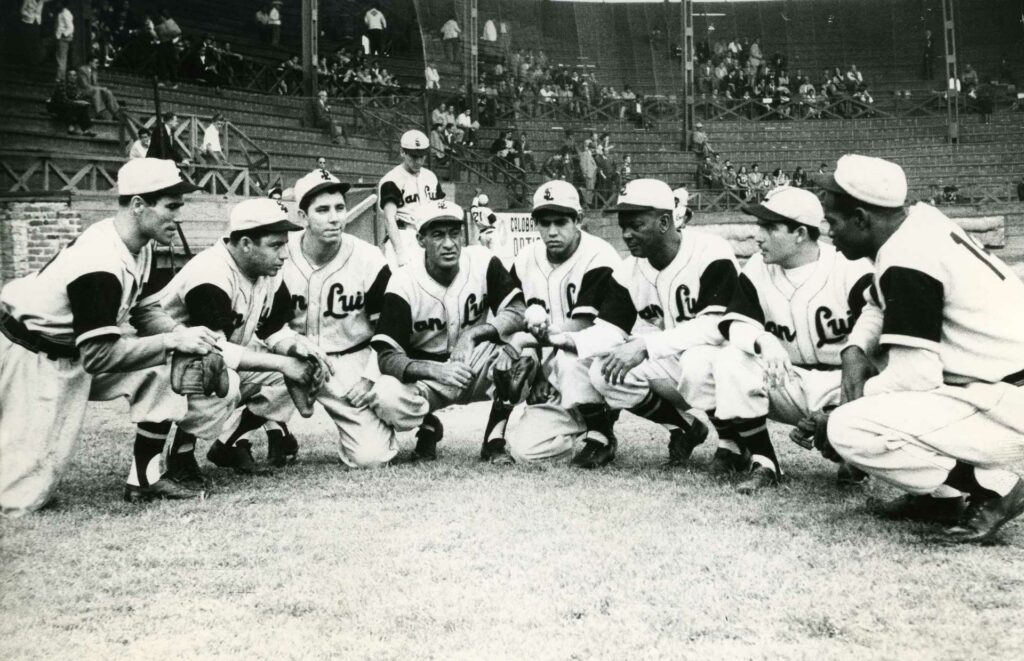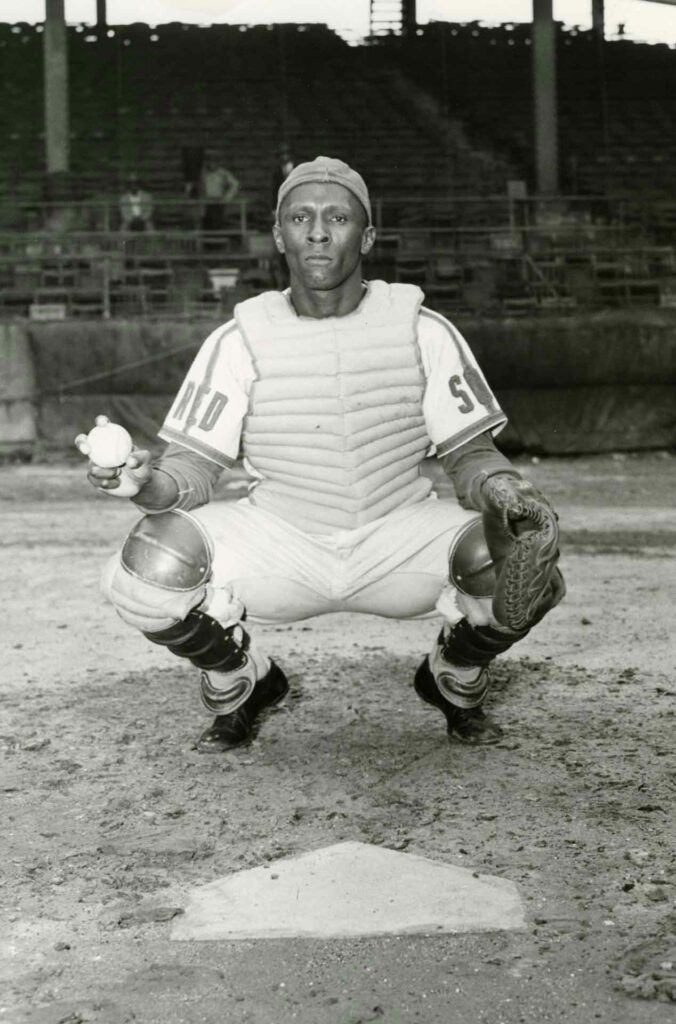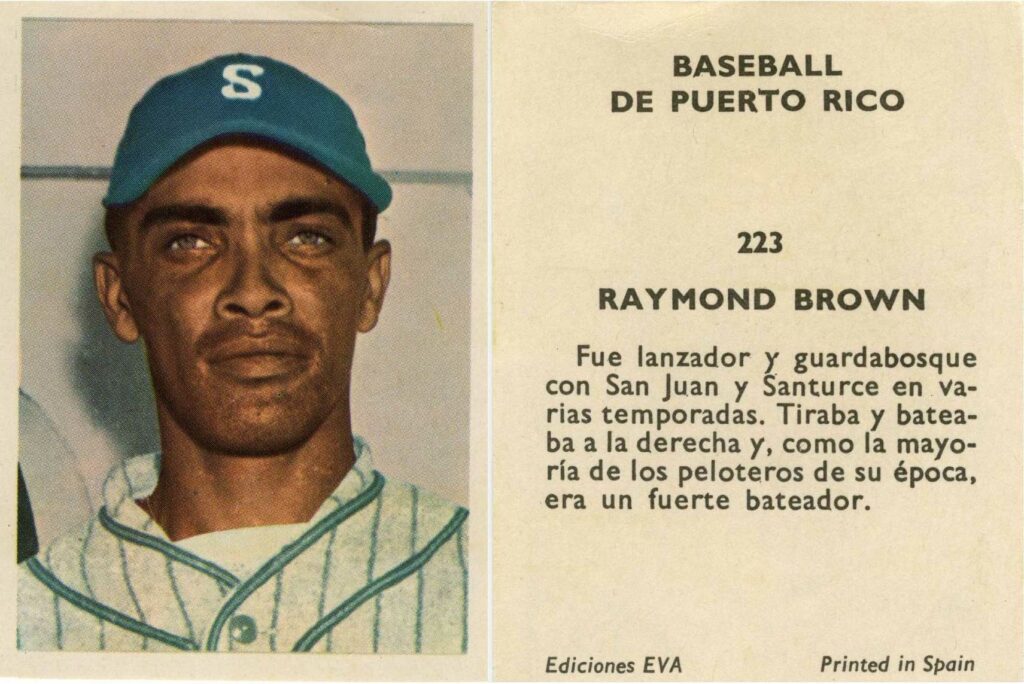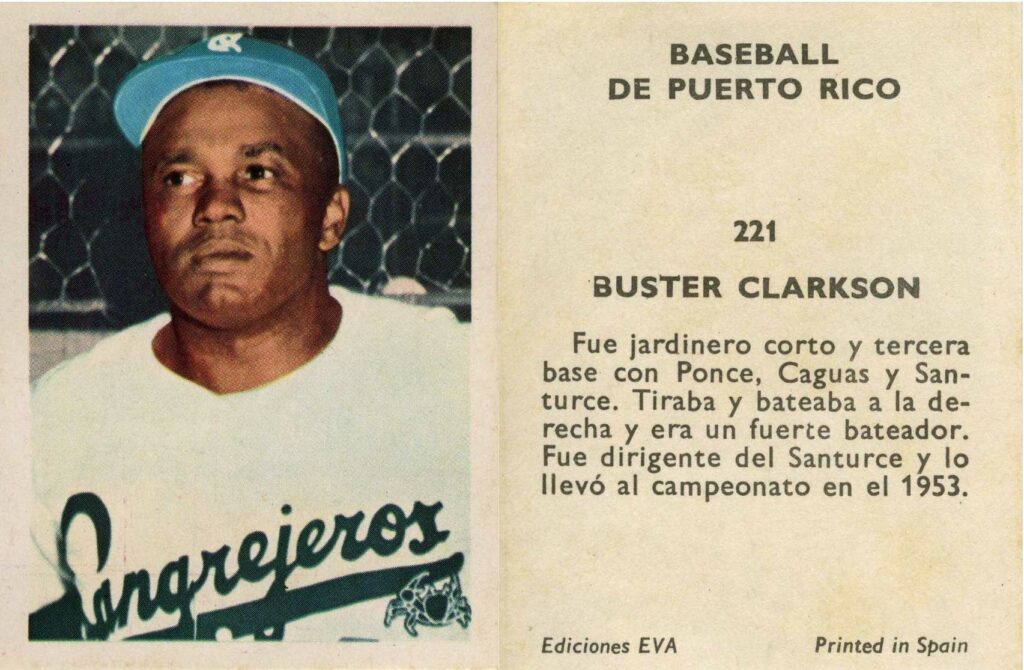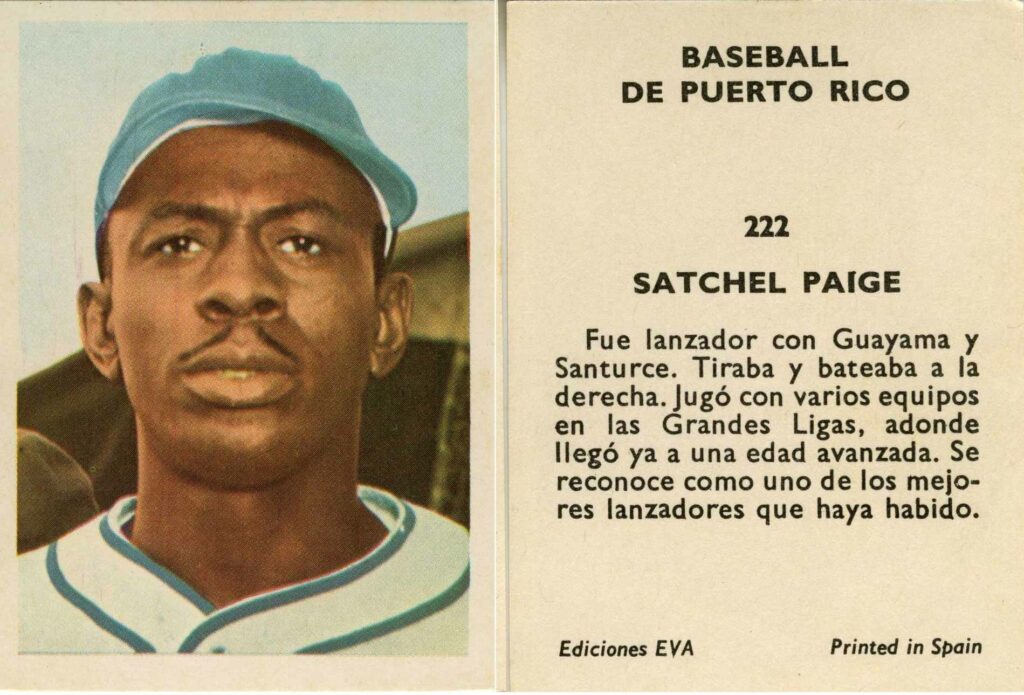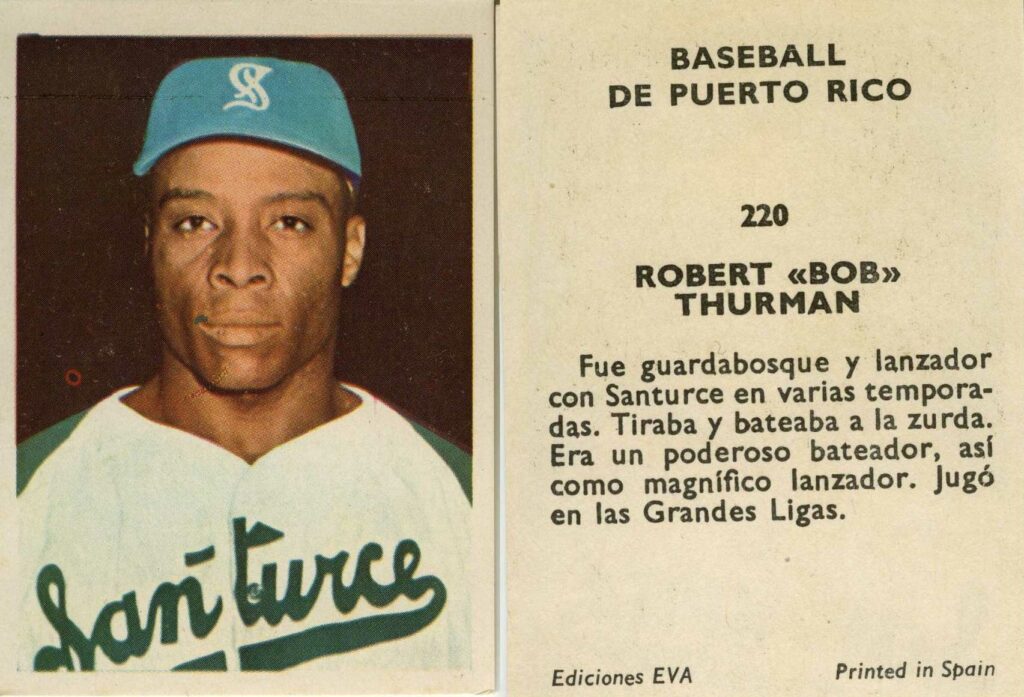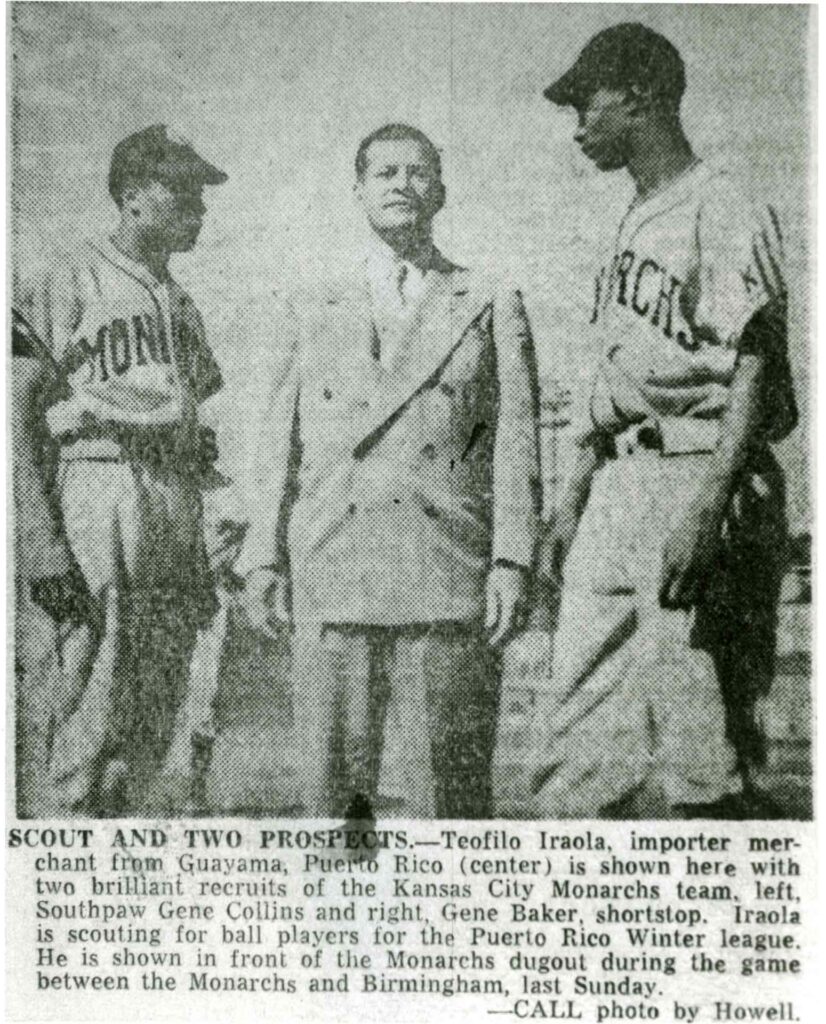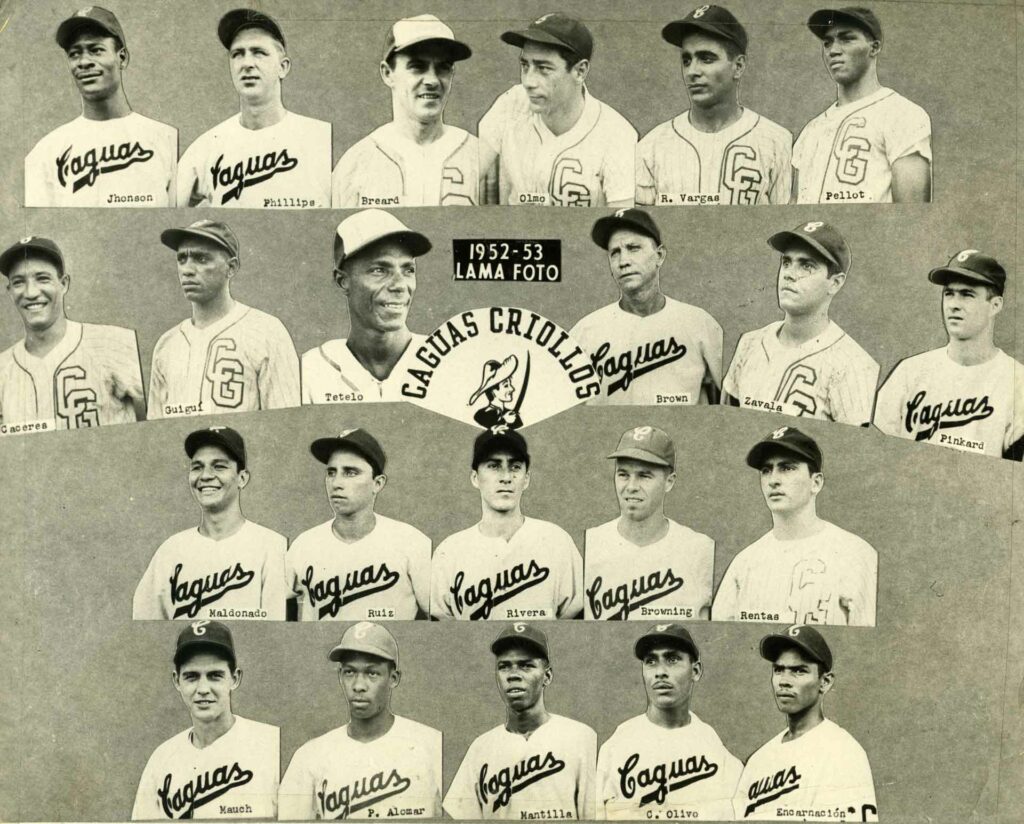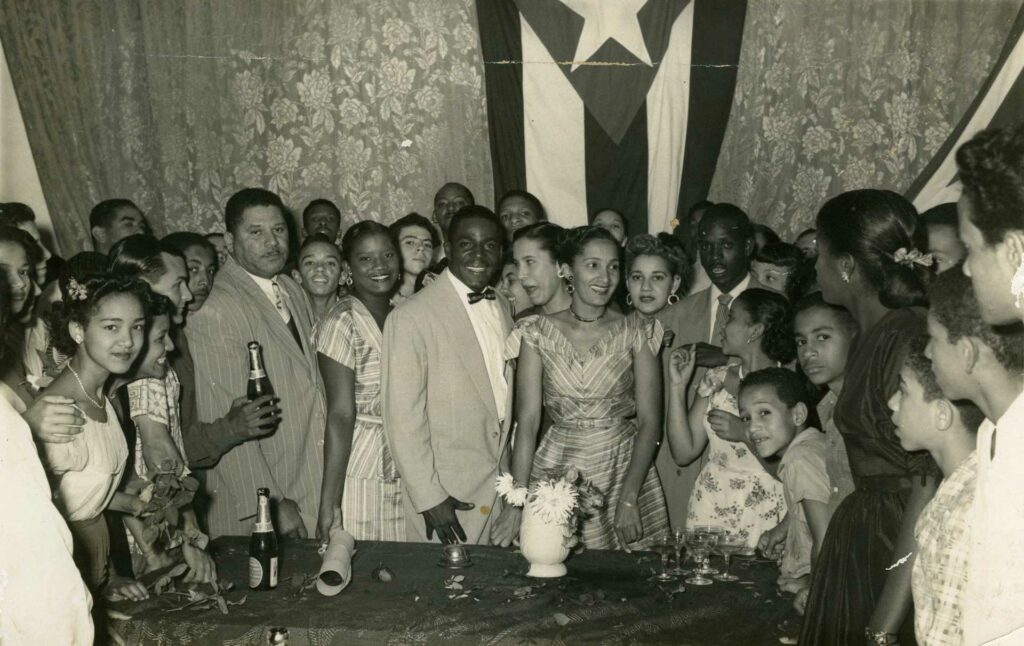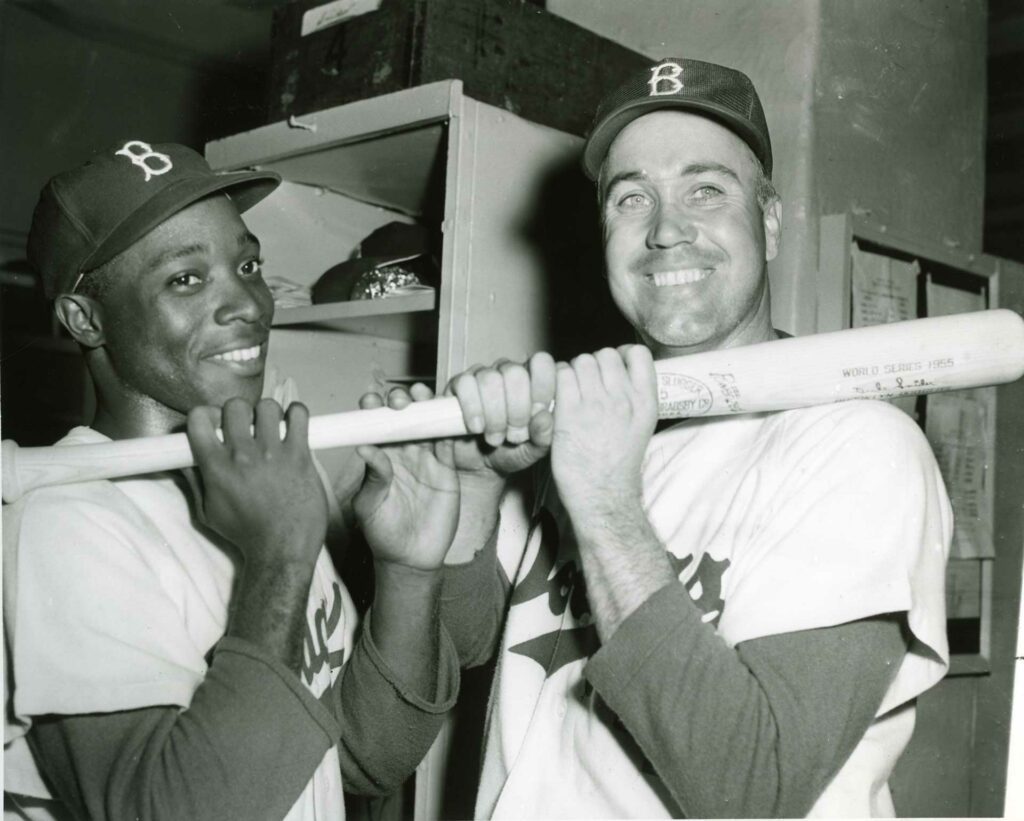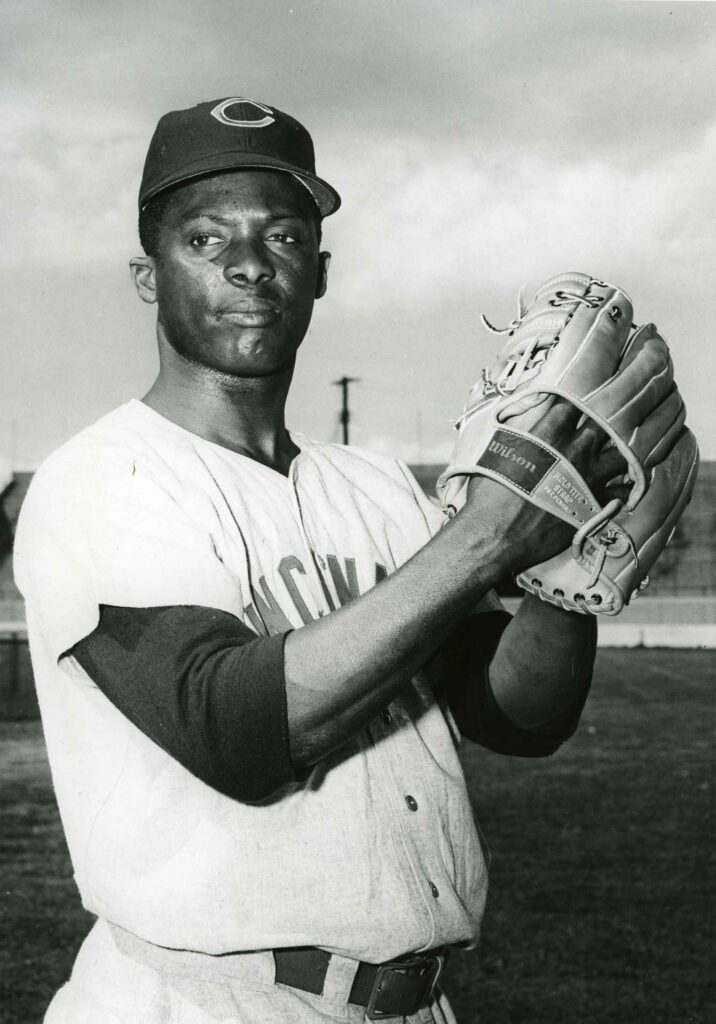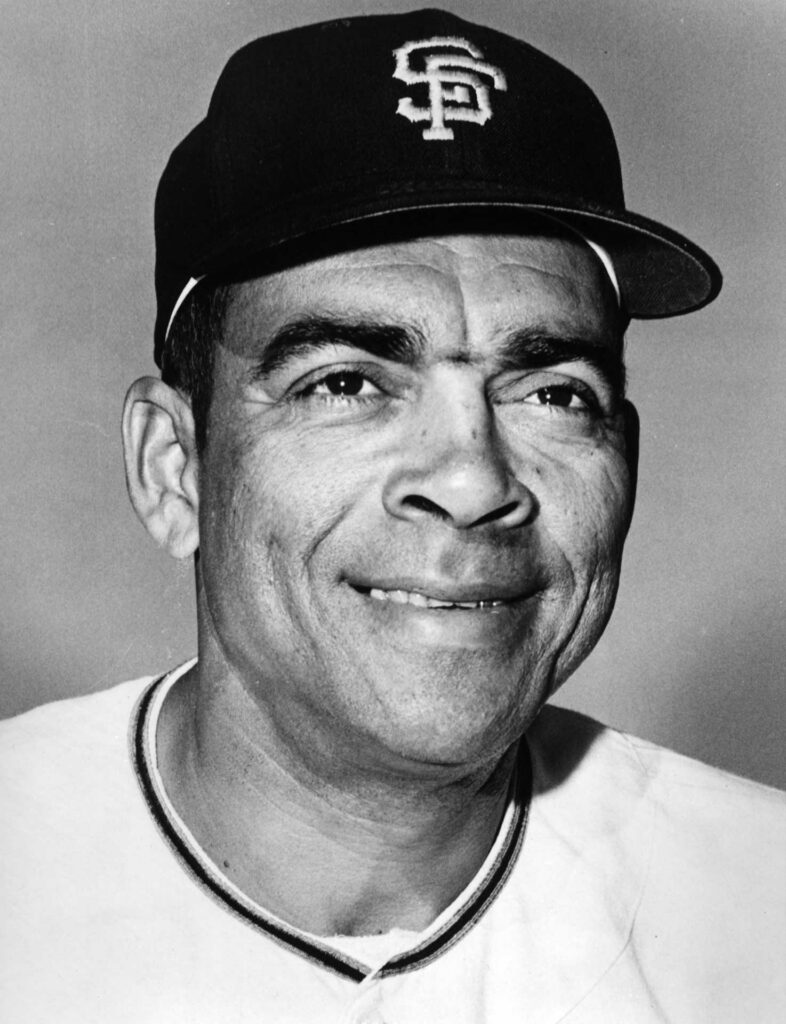1860–1899
1861
Civil War begins in the United States.
1863
Through the Emancipation Proclamation, those who were enslaved in the Confederate States (“rebellious states”) become free U.S. citizens.
1864
Baseball is introduced within Cuba by students who studied in the U.S. and American sailors who were stationed there. Nemisio and Ernest Guillo are credited with bringing baseball from the United States. They formed the Havana Baseball Club in 1868.
1867
Formed in 1865, the Philadelphia Pythians, among the earliest known African American baseball teams, played its first-full season in 1867. The team was denied entry into the Pennsylvania State Convention of Baseball that same year and dissolved four years later in 1871 after the death of one of its founders, Octavius Catto.
1869
The first professional baseball team is the Cincinnati Red Stockings.
Baseball is banned in Cuba during the “Ten Years’ War” for independence from Spain. As a result, aspiring Cuban baseball players moved to college and professional teams in the United States, as well as migrated to areas across the Caribbean basin.
1870
Baseball, said to have been played in Mexico, was introduced by American railroad workers in Nuevo Laredo.
1871
The National Association of Professional Baseball Players was founded.
Estaban “Steve” Bellán is credited as the first Cuban to play in the Major Leagues with the Troy Haymakers.
1876
The National League is founded in the United States.
1877
Baseball is played at the Port of Guayama in Mexico by American sailors.
1878
The first Cuban professional baseball league is formed with three teams — Almendares, Habana, and Matanzas.
Bud Fowler debuts with white teams in the Northeast. Fowler is credited as the first known Black professional baseball player.
1879
Although passing as a white man, Brown University student William E. White plays first base for one game with the Providence Grays in the National League, becoming the first African American to play on a Major League team.
1881
Oberlin College in Ohio fields their first baseball team, which includes African American brothers Moses and Weldy Walker.
1882
Vincent Nava plays catcher for the Providence Grays as the first Latino American in the Major Leagues.
1883
Games are reported to be played in Chiriqui Plaza, Panama, which featured the Panama Cricket and Baseball Club.
1884
Moses “Fleetwood” Walker is a member of the Toledo Blue Stockings, which was in the major-league American Association of Base Ball Clubs.
1885
The New York-based Cuban Giants become the first professional African American baseball team. The team initially included only African American players.
1887
Bud Fowler (the first professional Black baseball player), Charlie Grant (who played 20 years in the Negro Leagues), George Stovey (considered to be the best African-American baseball pitcher of the 19th century) and Moses “Fleetwood” Walker (known as the first Black man to play in the major leagues) are among the African American players competing in the International League who encountered great resistance from opposing teams and players.
1890
Cuban emigrants bring baseball to the Yucatan Peninsula in Mexico.
Ozama and Nuevo Club join the first professional baseball leagues in the Dominican Republic.
1895
The Franklin brothers, Amenodoro, Augusto, Emilio and Gustavo, establish the Caracas Base Ball Club, the first team in their home country, Venezuela. They learned to play the game when they attended college in the United States.
1897
Baseball is brought to Puerto Rico by Cuban emigrants. The Almendares Baseball Club, owned by Francisco Alamo Armas, and the Borinquen Baseball Club, owned by Santos Filippi, are the first clubs formed in Puerto Rico.
1898
The Spanish-American War was fought on fronts in Cuba, Guam, the Philippines and Puerto Rico. The U.S. won temporary control of Cuba and the Philippines from Spain and made Guam and Puerto Rico territories.
1899
The “All Cubans” baseball team tours the United States.
1900–1919
1900
The American League was established in Major League Baseball.
The Cuban professional league integrates and grows with the inclusion of talented Black amateur players and teams.
Puerto Rico’s Almendares baseball team defeats an American military team.
1903
The Boston Pilgrims defeat the Pittsburgh Pirates in the first World Series.
1906
John Henry “Pop” Lloyd joins the Cuban X-Giants.
1907
Future Cuban Hall of Famer Tinti Molina and Cuban baseball executive Abel Linares organize the original Cuban Stars (West). The team began exhibition play as an Eastern-based team but eventually moved to the Midwestern United States.
African American players compete in the Cuban winter leagues. The Fé team features future Negro Leagues standouts: Andrew “Rube” Foster, Pete Hill, Grant “Home Run” Johnson and Bill Monroe. Both Foster and Hill were inducted into the National Baseball Hall of Fame in 1981 and 2006, respectively.
1908
Pop Lloyd plays first season in Cuba.
Cuban star José Méndez joins the Brooklyn Royal Giants, an African American team in the United States.
1910
African American teams compete in the California winter league.
The Havana Stars, a Black Cuban team, tie the Detroit Tigers in a six-game series. Commissioner Kenesaw Landis outlaws Major League teams from playing Black Americans for fear of losing games and player embarrassment. Games continue to be played, but only as All-Star exhibitions.
1911
Andrew “Rube” Foster, who founded the Negro National League in 1920, forms the Chicago American Giants.
Future Hall of Famer John Henry “Pop” Lloyd, who was nicknamed “El Cuchara” when he played in the Cuban League, moves to the New York Lincoln Giants. Considered the greatest shortstop in Negro league history, Lloyd was a player and manager during his 27-year Negro Leagues career.
Cuban-born Armando Marsans and Rafael Almeida join the Cincinnati Reds in Major League Baseball.
Future Hall of Famer Smokey Joe Williams was considered one of the greatest pitchers of all-time. Williams, who played baseball in the Negro Leagues, Mexico and the Caribbean for 27 years, pitched for Habana in Cuba during the 1911-1912 season.
1914
World War I commences.
Cuban Adolfo Luque debuts with the Boston Braves in Major League Baseball.
1915
Cuban Stars and future Hall of Famers José Méndez and Cristóbal Torriente are members of J.L. Wilkinson’s integrated All-Nations team that barnstormed throughout the Midwestern United States. Wilkinson, an innovative baseball executive and entrepreneur, was inducted into the National Baseball Hall of Fame in 2006.
1916
Cuban Stars (East) began playing in the Eastern United States with primarily Latin players.
Jimmy Claxton joins the Pacific Coast League, and then is released when his African American heritage is discovered.
1918
World War I ends.
The Star-Spangled Banner is first sung at a baseball game.
1919
The 18th Amendment, outlawing the production, distribution and consumption of alcohol, begins the Prohibition Era.
Cristóbal Torriente joins the Chicago American Giants.
The Chicago White Sox loses the World Series but is remembered as the “Black Sox” for a gambling scandal.
1920s
1920
Boston Red Sox pitcher Babe Ruth is traded to the New York Yankees.
A meeting held in Kansas City at the Paseo YMCA establishes the National Association of Colored Professional Baseball Clubs. Rube Foster is selected as League president. The Negro National League is created by this body.
1922
Oscar Charleston begins first season in Cuban winter leagues at Santa Clara.
From left to right: Oscar Charleston, Frank Duncan and Frank Warfield star for the Leopardos de Santa Clara in the Cuban winter league, 1923-1924. (Charleston Scrapbook, NLBM)
1923
The Commissioner of Baseball Kennesaw Mountain Landis restricts major league teams from barnstorming. They are only allowed to compete in All-Star contests.
The Eastern Colored League is formed.
Martín Dihigo, who would become the only player in history to be inducted into five different Baseball Halls of Fame, debuts in the U.S. at first base for the Cuban Stars (East) at age 17.
While in Cuba, Oscar Charleston collected these racially crude, yet celebratory, cartoons that appeared in various newspapers about his baseball play. (Charleston Scrapbook, NLBM)
See more in seriesThe Leopardos de Santa Clara team in Cuba features Oscar Charleston, Bill Holland, José Méndez, Dobie Moore and Alejandro Oms.
1924
The first Negro World Series or Colored World Series between the Negro National League and the Eastern Colored League features the Kansas City Monarchs and the Hilldale Club. José Méndez serves as Monarchs player/manager.
1925
Mexican professional baseball leagues are formed.
1926
Pitcher LeRoy “Satchel” Paige makes his professional debut in Chattanooga, Tennessee, and begins his five-decade baseball career with the Chattanooga Black Lookouts.
1927
The Federación de Béisbol opens its inaugural season as a professional league in Venezuela.
Babe Ruth’s 60 home runs lead the New York Yankees to the team’s fifth pennant and World Series sweep against the Pittsburgh Pirates.
1928
The Eastern Colored League folds.
José Méndez dies at age 43 in Cuba.
1929
Stock Market crash spirals into the Great Depression.
1930s
1930
Andrew “Rube” Foster dies.
J.L. Wilkinson’s Kansas City Monarchs was the first professional team to use a portable light system to regularly play night baseball games.
1931
The Star-Spangled Banner becomes the United States National Anthem.
The Negro National League folds.
1933
A new Negro National League is formed under the direction of Gus Greenlee, the owner of the Pittsburgh Crawfords.
Major League Baseball hosts its first All-Star Game.
The first East-West All-Star Game takes place in Chicago at Comiskey Park on September 10.
1935
The first night game takes place in Major League Baseball at Cincinnati.
1936
The National Baseball Hall of Fame names first class: Ty Cobb, Walter Johnson, Chris Mathewson, Babe Ruth and Honus Wagner.
1937
Cuban Stars and New York Cubans owner Alex Pompez is arrested in Mexico after fleeing a U.S. Federal gambling sting. The New York Cubans are forced to disband.
The Negro American League is formed.
Satchel Paige and eight other Negro Leaguers win the season championship in the Dominican Republic for Cuidad Trujillo.
Josh Gibson joins Buck Leonard on the Homestead Grays and this power-house duo, known as the “Thunder Twins,” leads the team to the first of nine straight Negro National League pennants.
1938
Cristóbal Torriente dies in New York City at age 44.
Satchel Paige, James “Cool Papa Bell, Lou Dials, and other Negro League stars begin playing in the Mexican professional league.
Puerto Rican semi professional winter league established.
1939
World War II begins when Germany invades Poland.
The National Baseball Hall of Fame opens in Cooperstown, New York.
Lou Gehrig, who is diagnosed with amyotrophic lateral sclerosis, an incurable neuromuscular illness, takes himself out of the lineup after playing 2,130 consecutive games.
Baseball executive Lázaro Penagos organized and managed Cordoba amateur and professional baseball clubs in Veracruz, Mexico. He was inducted into the Mexican Professional Baseball Hall of Fame in 1973. The featured magazines, images and materials are from his collection. (Photo: courtesy of the Penagos Family).
See more in series1940s
1940
Setting a league record with 17 strikeouts in one contest, Satchel Paige completes a successful partial winter-league season for the Brujos de Guayama (the Guayama Witch Doctors).
Negro Leagues second baseman and future Hall of Famer, Ray Dandridge plays his first of many successful seasons in Mexico.
1941
Yankee Joe DiMaggio hits safely in 56 consecutive games.
Ted Williams finishes the season with a .406 batting average, the last time anyone has hit over .400 in a season.
Japanese pilots attack Pearl Harbor and draw the United States into World War II.
Josh Gibson hits 33 home runs and bats .374 in his second season at Veracruz in the Mexican Leagues.
1942
Martín Dihigo earns his fourth Cuban Winter League MVP award.
President Franklin Delano Roosevelt orders 110,000 Japanese Americans to be placed in internment camps.
Monte Irvin, who would integrate the New York Giants seven years later, leads the Mexican Leagues with a .397 batting average and 20 home runs during a partial season of play.
1943
The East-West All Star Game draws a record crowd of 51,723. The West wins 2-1.
Three hundred and forty Major League players serve in the military, and the All-American Girls Professional Baseball League is formed in their absence.
1944
The Allied troops invade Normandy.
1945
The United States drops atomic bombs on Nagasaki and Hiroshima.
1946
Minnie Miñoso, who would become affectionately known as “Mr. White Sox,” debuts with the New York Cubans.
The Newark Eagles, led by war veterans Larry Doby and Monte Irvin, defeat the Kansas City Monarchs in the Negro League World Series in seven games.
The first professional baseball league is formed in Panama.
1947
Negro Leagues power hitter Josh Gibson dies at age 35 in Pittsburgh.
Negro Leaguers Jackie Robinson, Larry Doby, Willard Brown, Hank Thompson, and Dan Bankhead break the long-standing color barrier in both the American and National Baseball Leagues.
Willie Mays, nicknamed “the Say Hey Kid,” joins the Birmingham Black Barons when he is 17 years old.
The MLB World Series is televised for the first time.
The New York Cubans defeat the Cleveland Buckeyes in the Negro Leagues World Series.
1948
President Truman ends racial segregation in the armed forces.
The Colombian Professional Baseball League is formed.
At 42 years old, Satchel Paige makes his Major League debut with the Cleveland Indians.
1949
Jackie Robinson wins the National League batting title (.342) and the Most Valuable Player.
1950s
1950
Willard Brown, who would become first African-American to hit a home run in the American League, earns his second “Triple Crown” distinction (leader in batting average, home runs, and runs batted in) at the completion of the Puerto Rican winter league season.
Ray Brown, Willard Brown, Buster Clarkson, Satchel Paige and Bob Thurman are among the many American baseball stars featured on baseball cards from the Puerto Rican Winter Leagues.
See more in series1951
Minnie Miñoso debuts with the Chicago White Sox.
The New York Giants’ Bobby Thomson hits the “Shot Heard ‘Round the World” to take the National League pennant from the Brooklyn Dodgers.
The New York Giants’ outfield of Monte Irvin, Willie Mays and Hank Thompson comprise Major League Baseball’s first All-Black outfield.
Hank Aaron, who would break Babe Ruth’s home-run record, joins the Negro Leagues’ Indianapolis Clowns.
1952
At 18 years old, future 15-time All-Star and two-time World Series champion Roberto Clemente begins his professional career with the Cangrejeros de Santurce, in San Juan, Puerto Rico.
1953
Playing second base for the Indianapolis Clowns, Toni Stone becomes the first woman to play in the Negro Leagues.
1954
Thurgood Marshall wins Brown v. Topeka Board of Education, ending the reign of segregation, and officially ruling that “separate but equal” provides facilities that are “inherently unequal.”
Hank Aaron hits his first Major League home run with the Milwaukee Braves.
Willie Mays hits .345 and wins the National League batting championship as well as Most Valuable Player.
1955
Rosa Parks refuses to give up her seat on a Montgomery bus. This sparks the Montgomery Bus Boycott the next year. Martin Luther King Jr. and 100 others are jailed for their participation in the boycott.
1956
Pat Scantlebury debuts for the Cincinnati Reds, the first Panamanian player in the Major Leagues.
New York Yankees pitcher Don Larsen throws the only perfect game in World Series history against the Brooklyn Dodgers at Yankee Stadium on October 8.
Jackie Robinson retires from baseball.
1957
The New York Giants and Brooklyn Dodgers move to California.
Hank Aaron wins the National League MVP award, batting .322, with a league-high 44 home runs and 132 RBI.
1958
Future 11-time All-Star and World Series Champion Orlando Cepeda debuts for the San Francisco Giants.
Roy Campanella, Brooklyn Dodgers catcher and former Baltimore Elite Giant, is paralyzed in a car accident. He is honored in the Los Angeles Coliseum and his number is retired in front of 93,000 fans.
1959
After five and half years of conflict, the 26th of July Movement, led by Fidel Castro, successfully overthrows the dictatorship of Fulgencio Batista, and begins efforts to establish a socialist state.
The East-West All-Star Game is played in Chicago for the last time.
Twelve years after Jackie Robinson breaks Major League Baseball’s self-imposed color barrier, Pumpsie Green integrates the Boston Red Sox, making it the last major-league team to have an African American player on the roster.
Martín Dihigo is named Minister of Sports in Cuba.
Nicknamed “Mr. Cub,” Ernie Banks wins his second National League “MVP” award, the seventh straight for former Negro Leaguers and the ninth since Jackie Robinson became the first Black player to win the honor in 1949.

